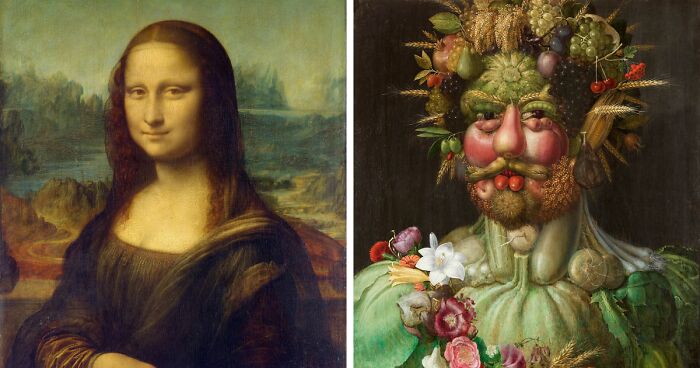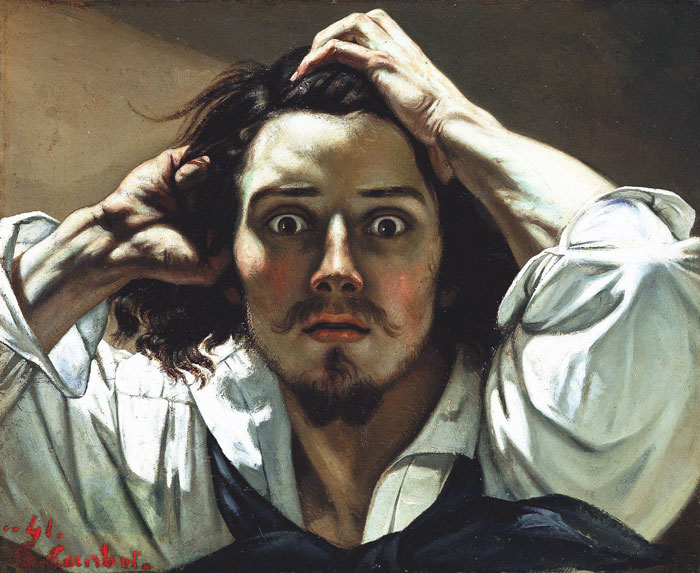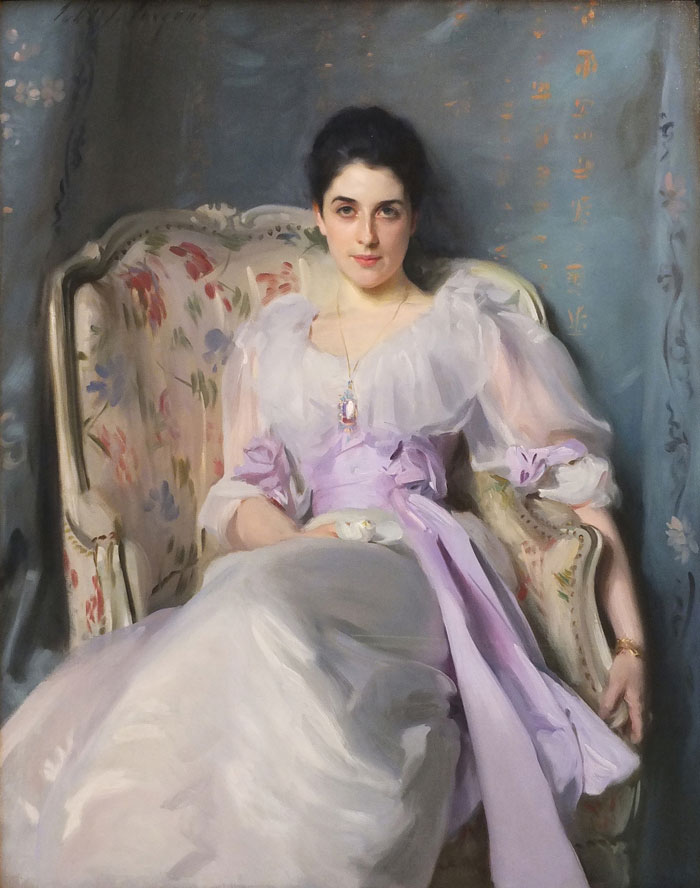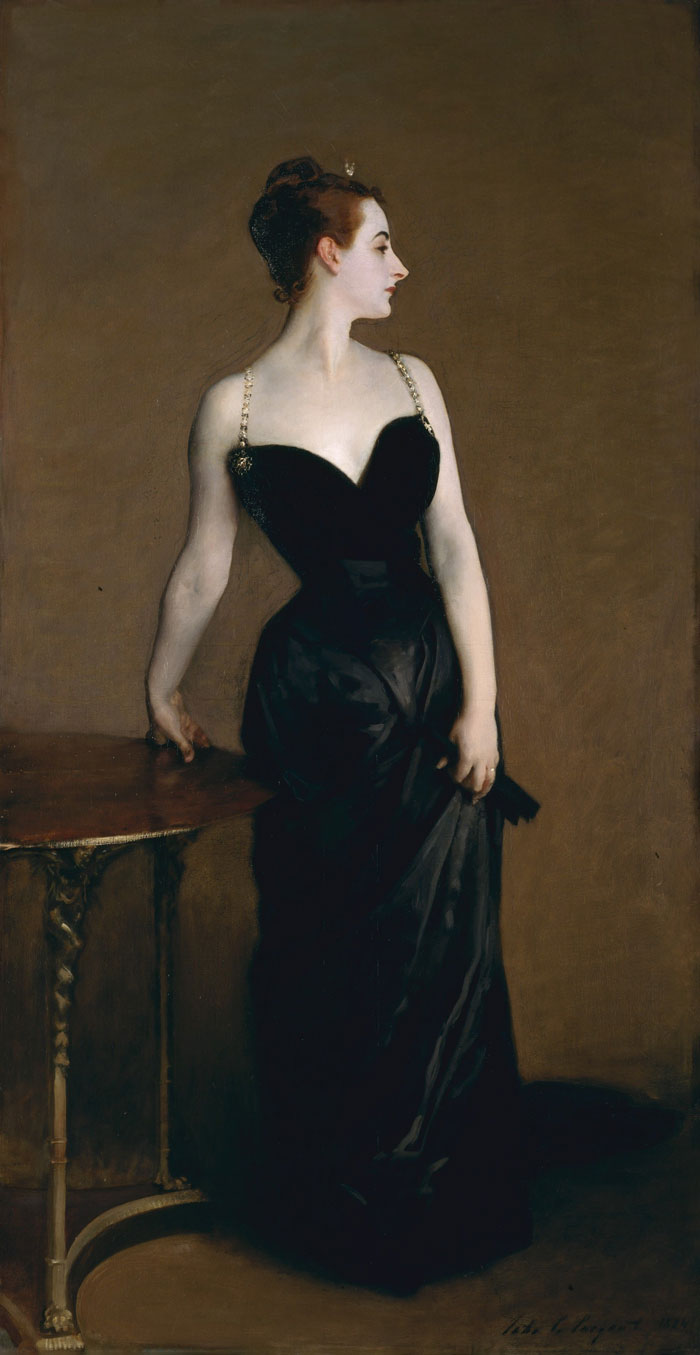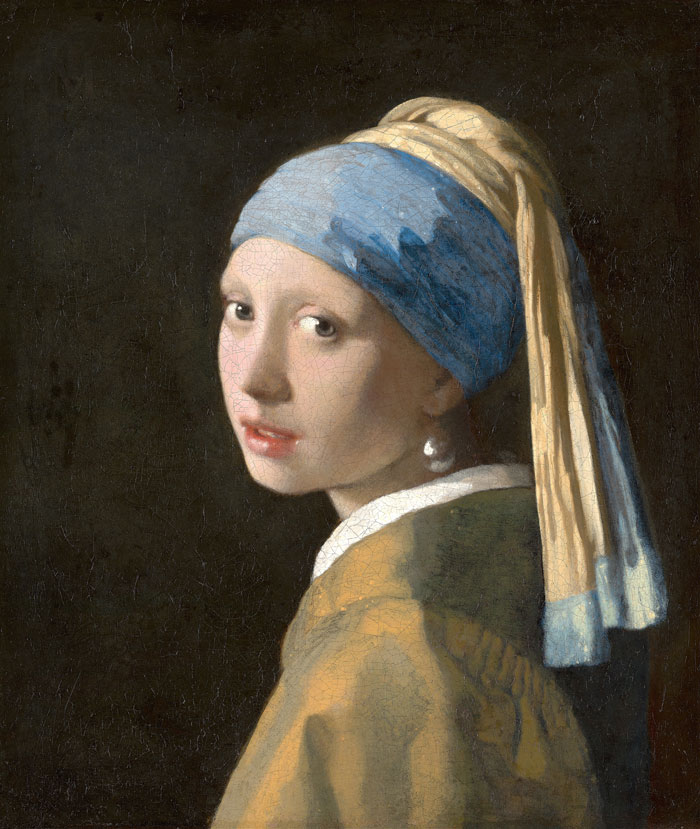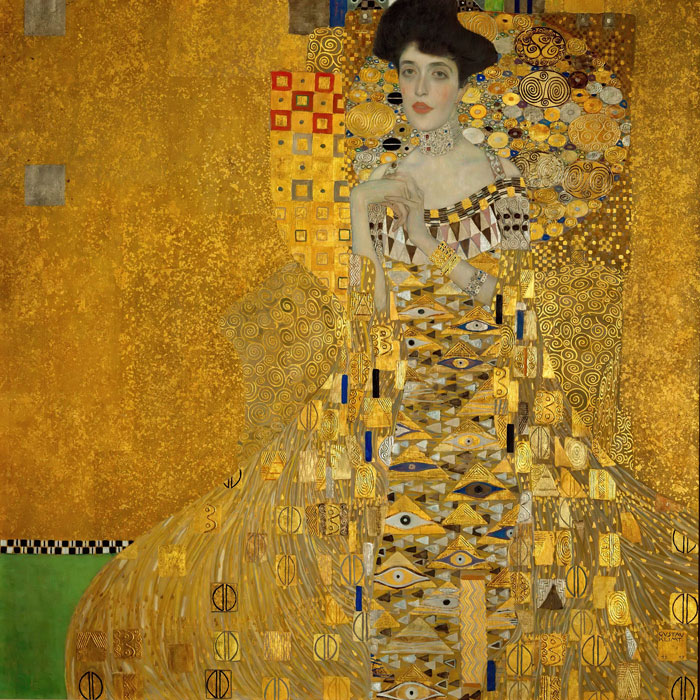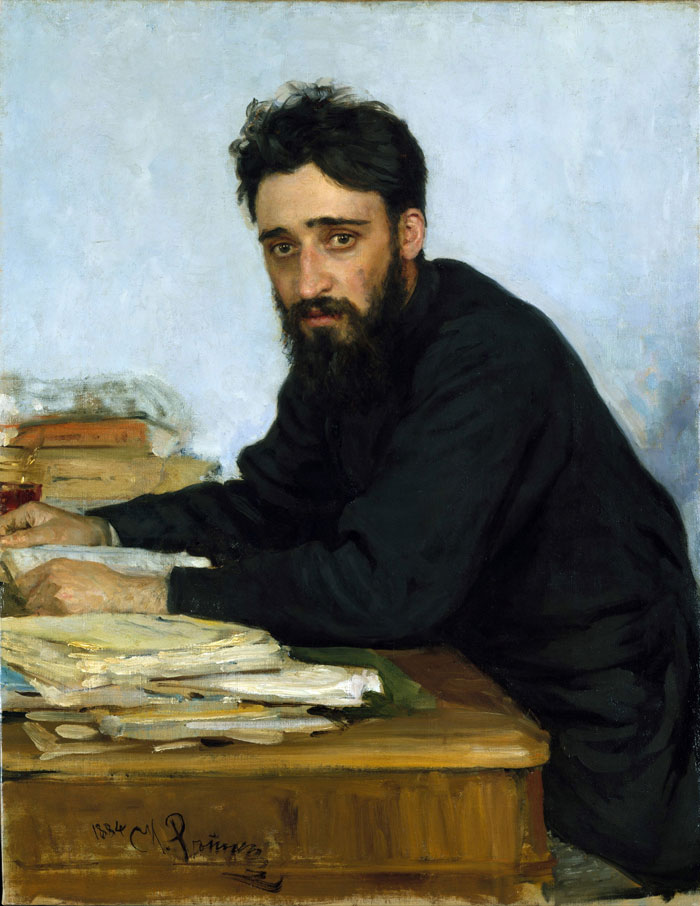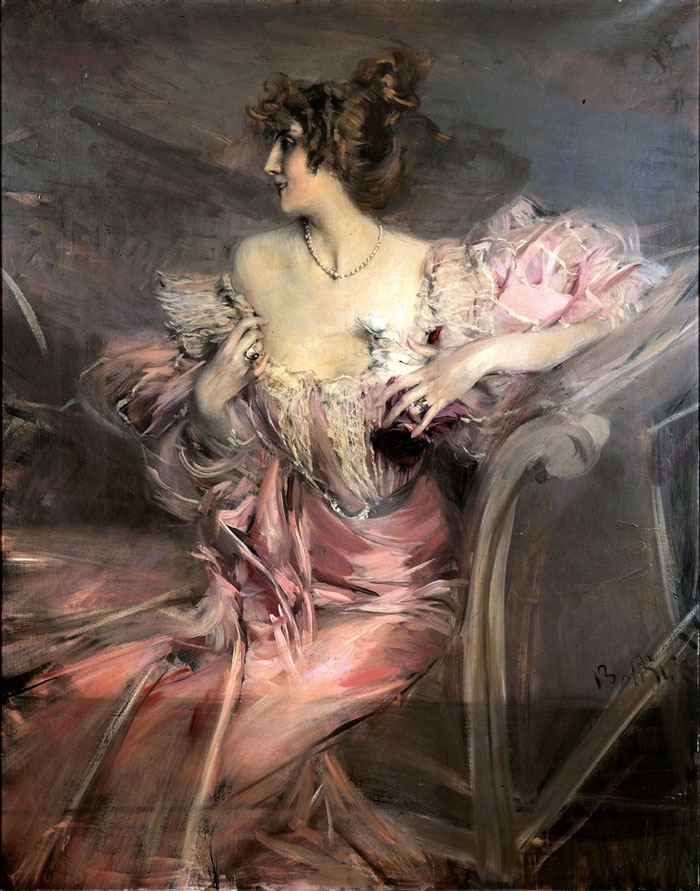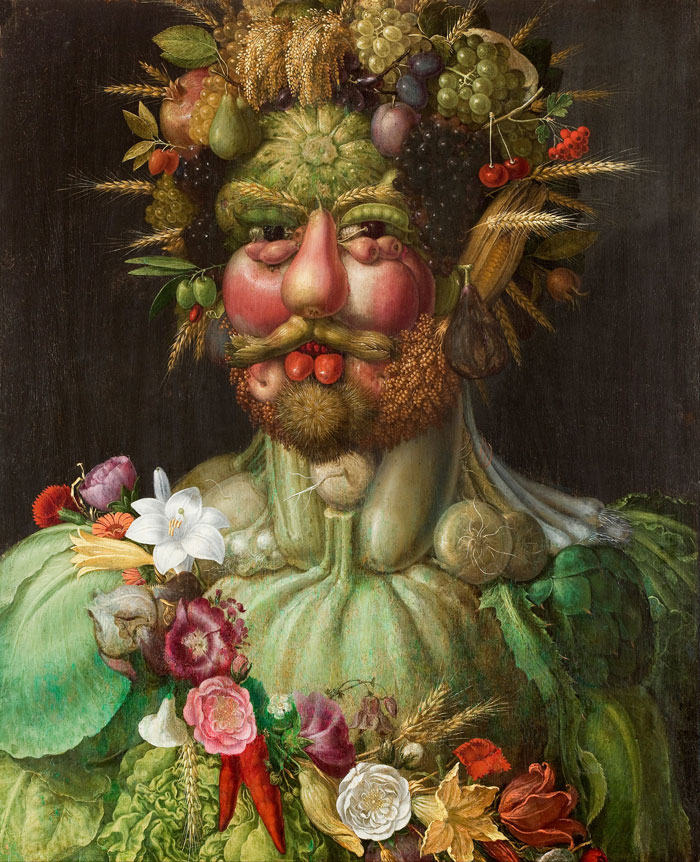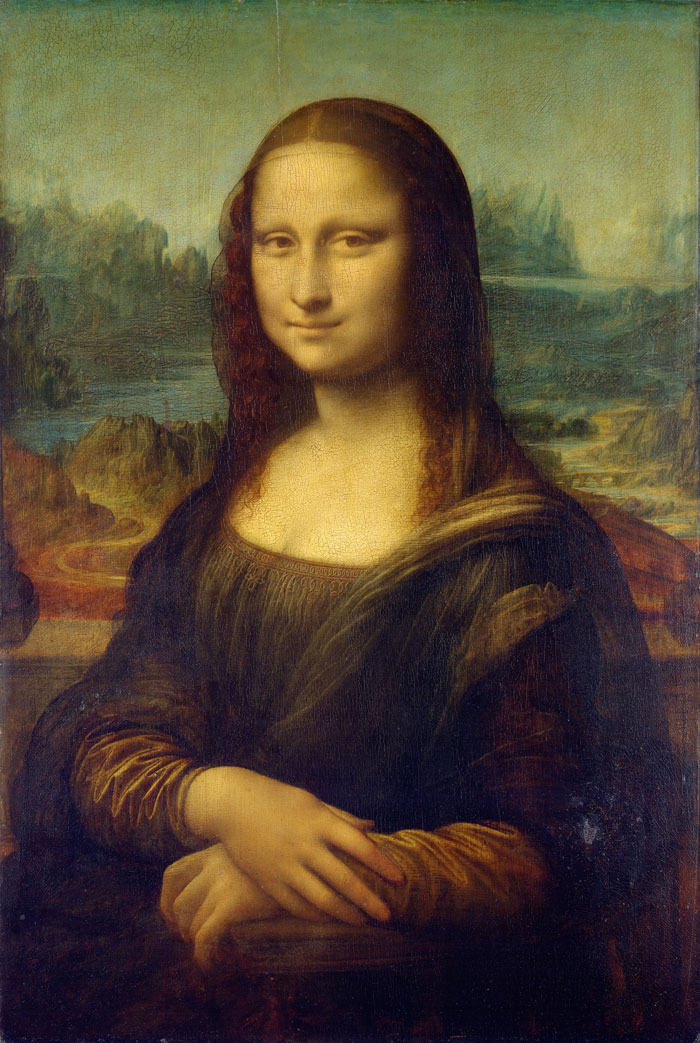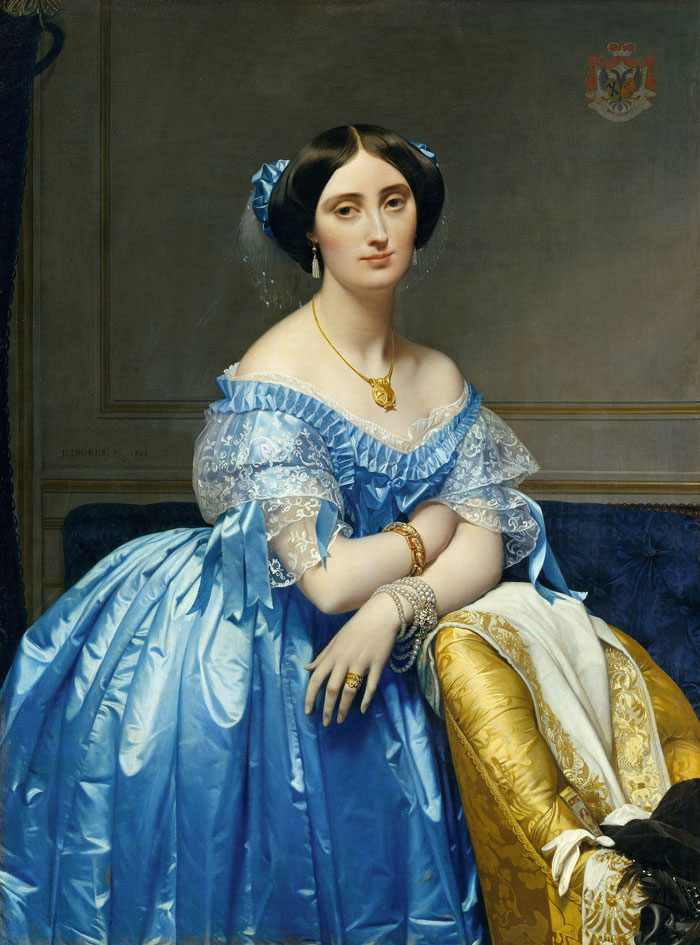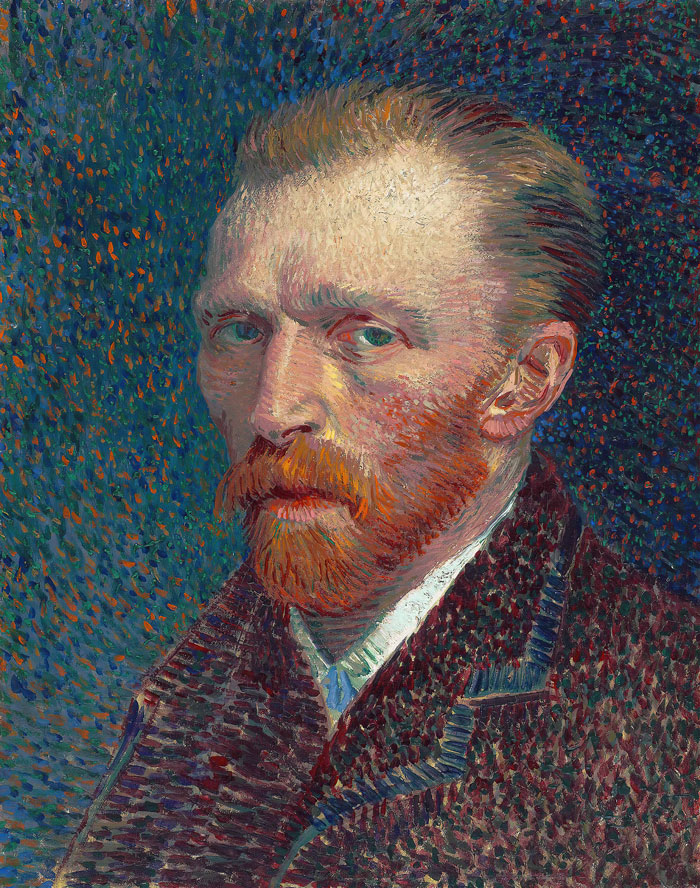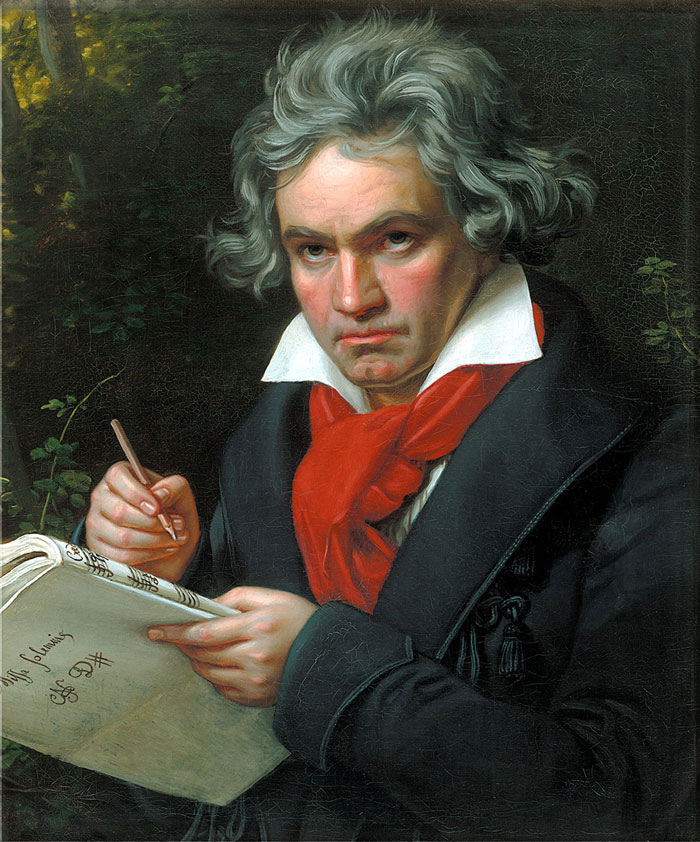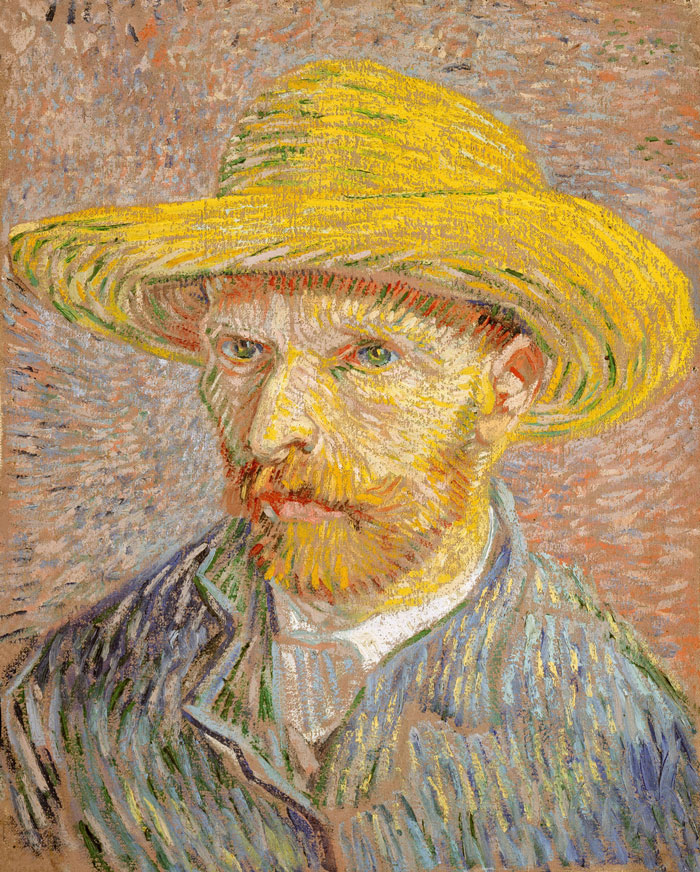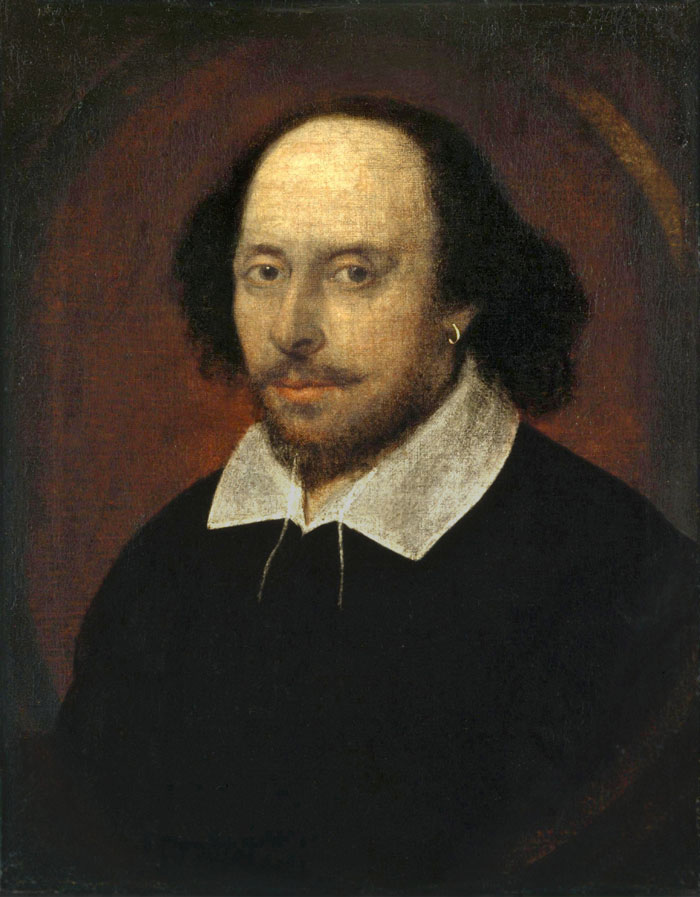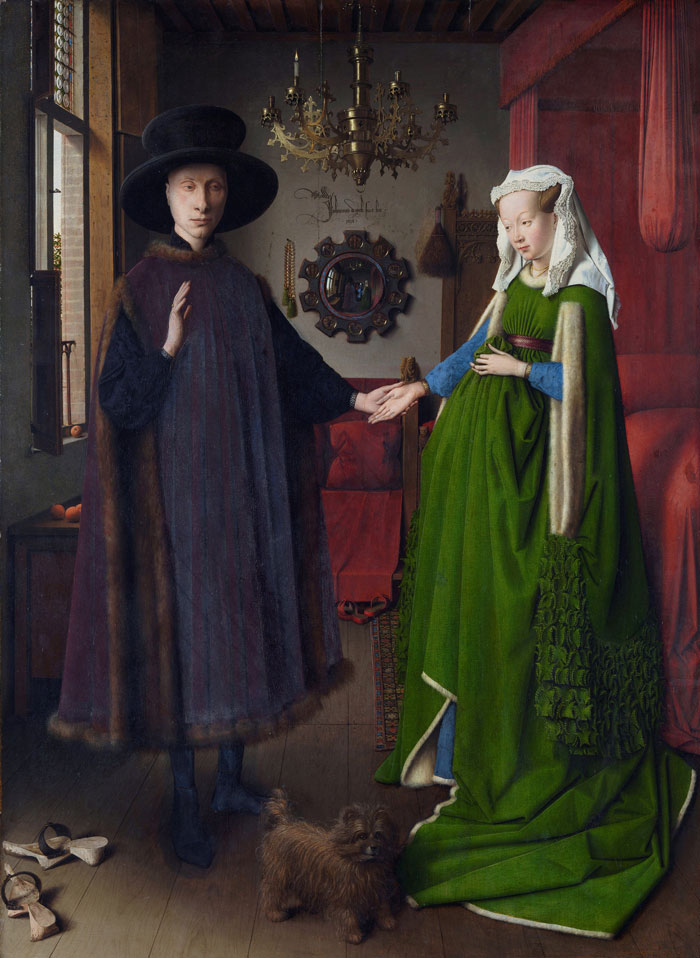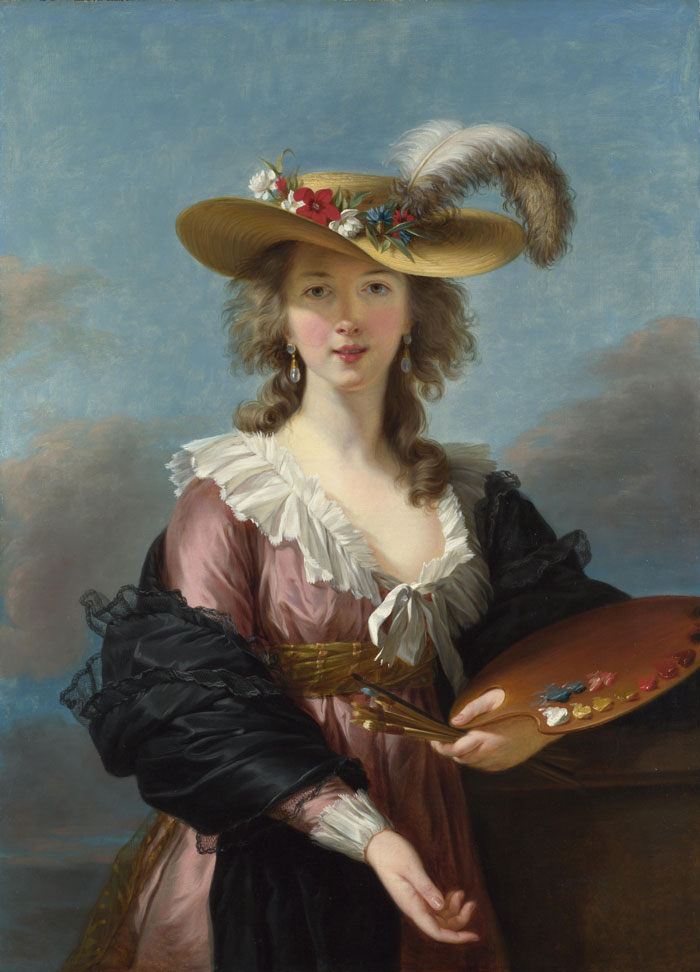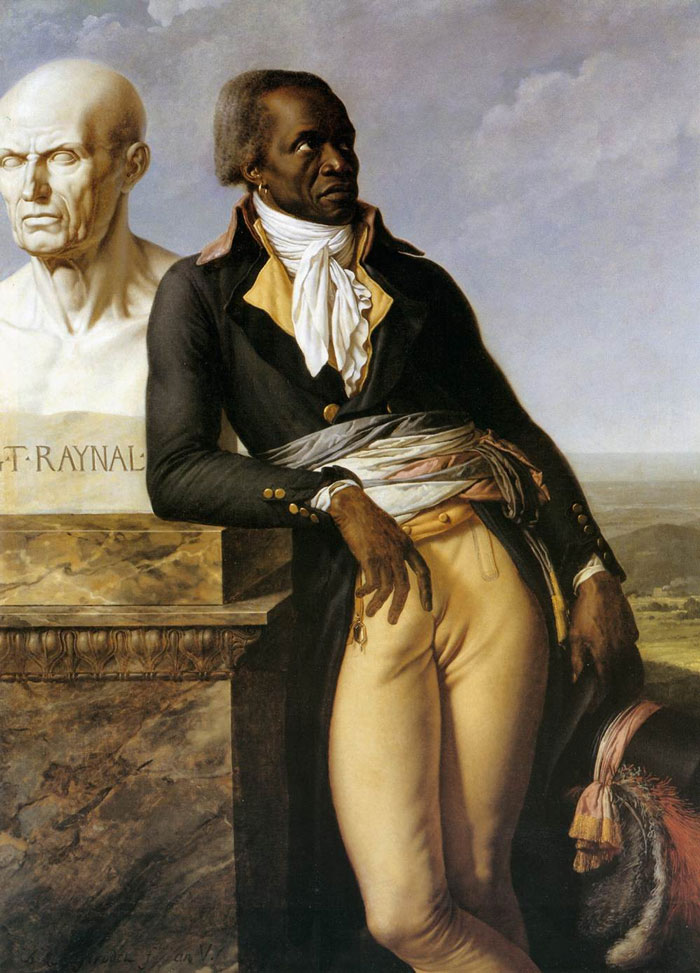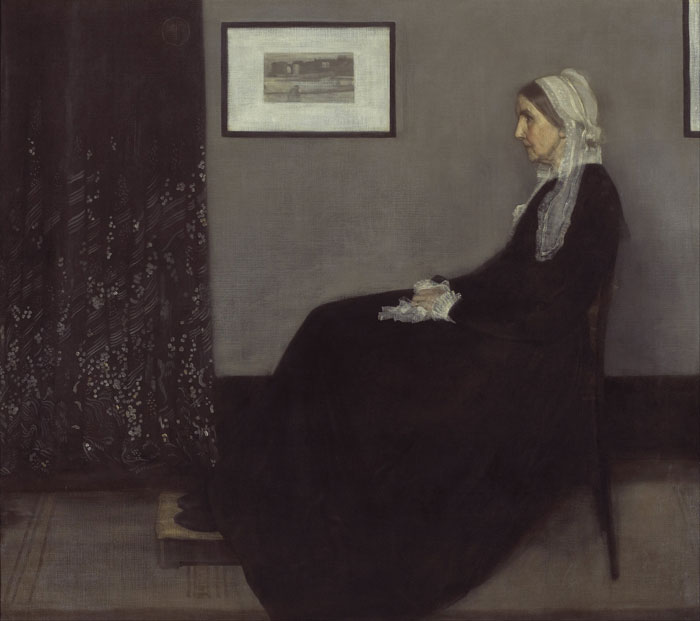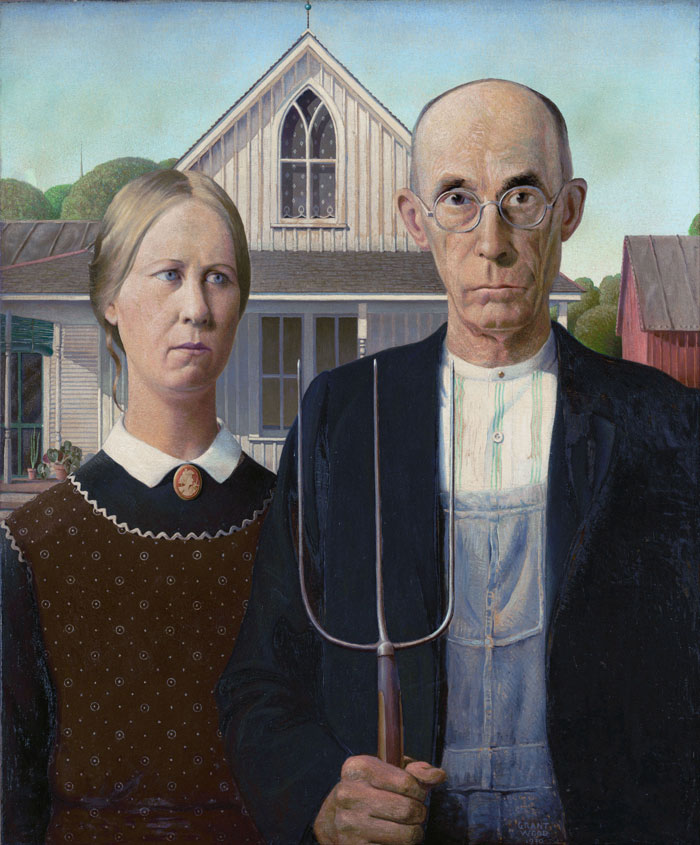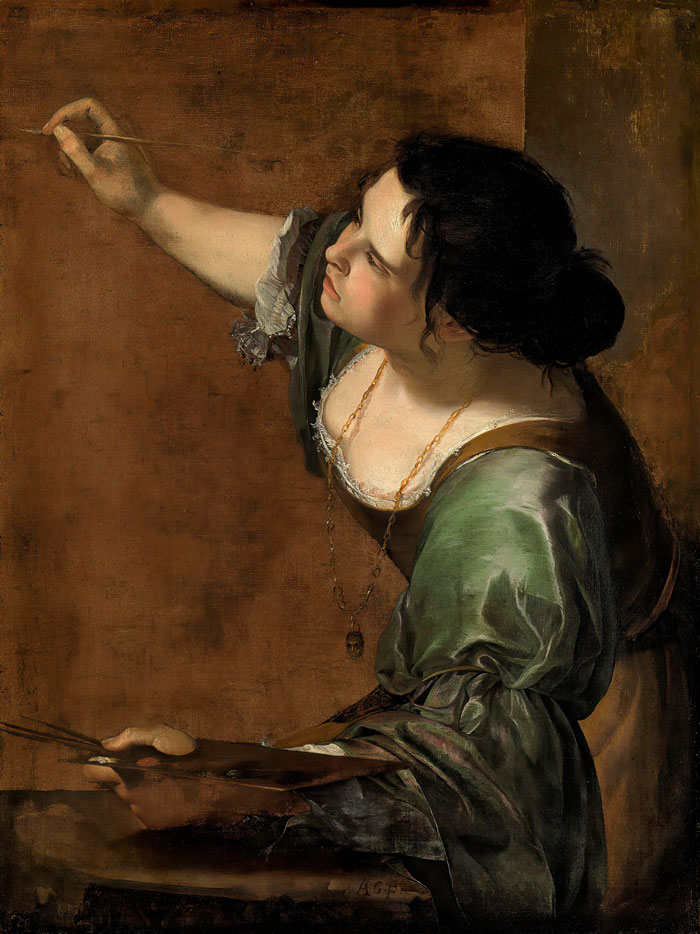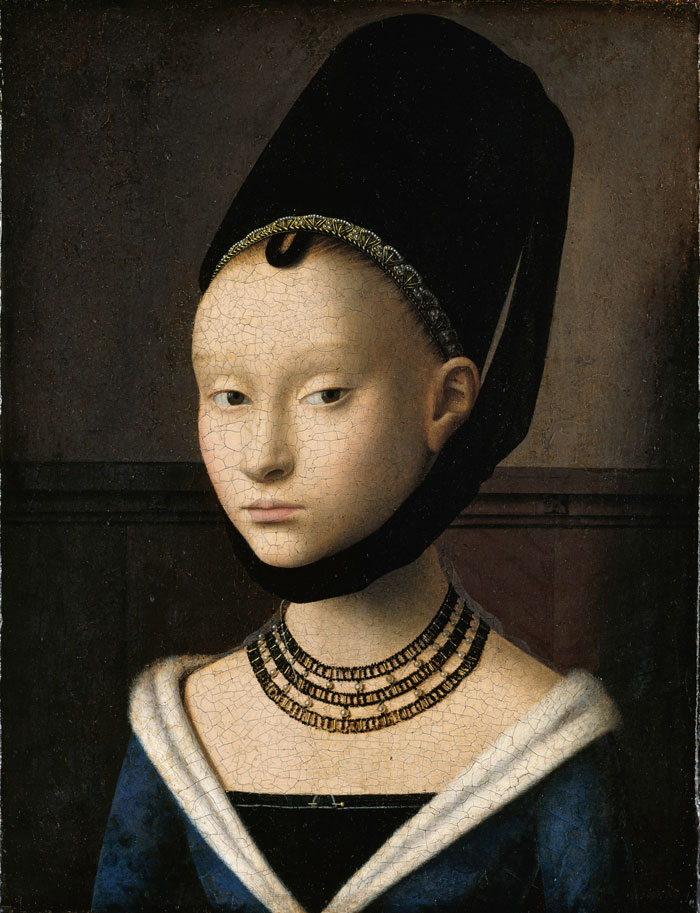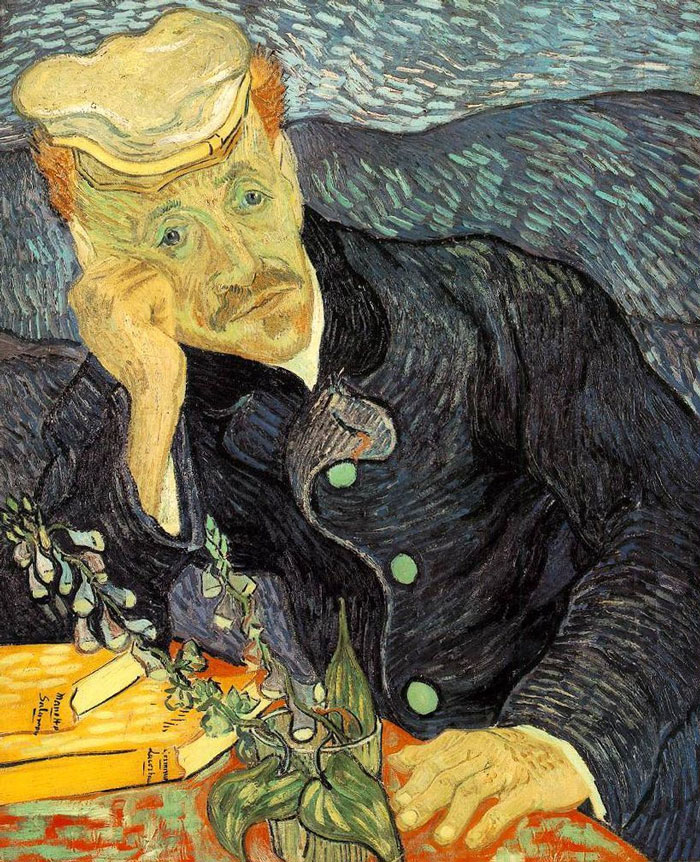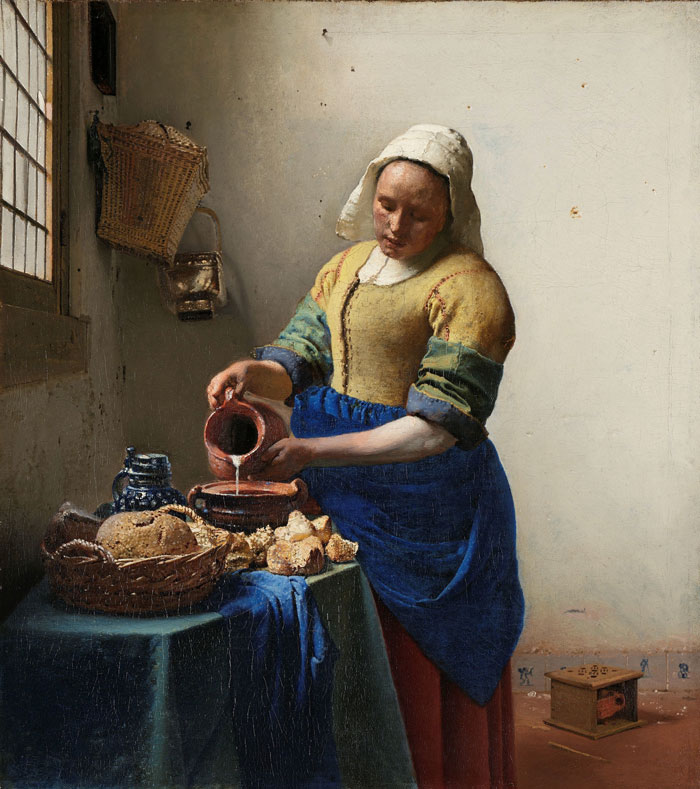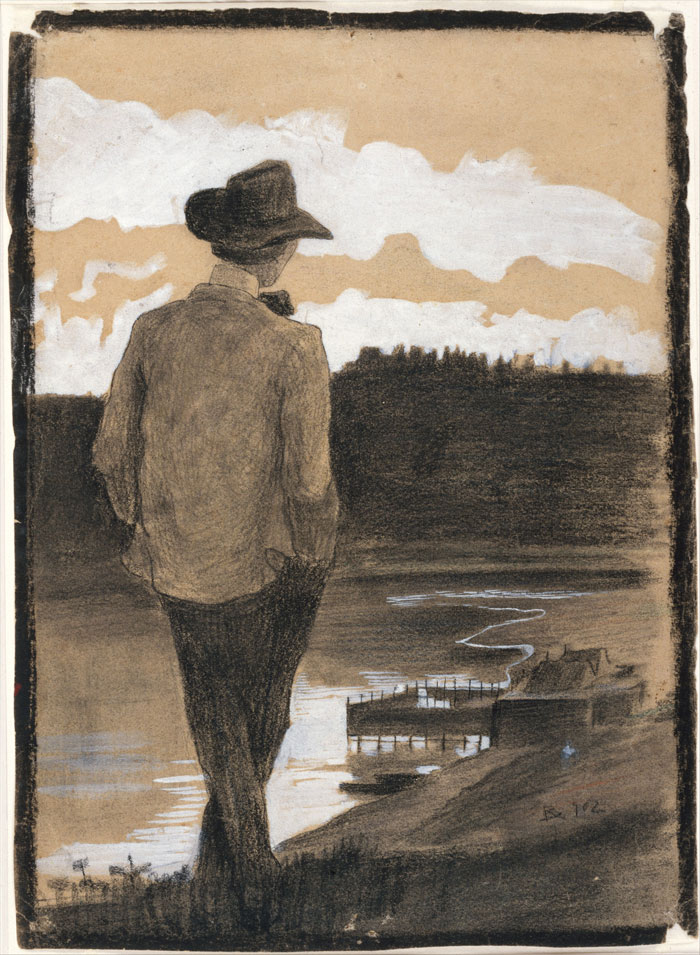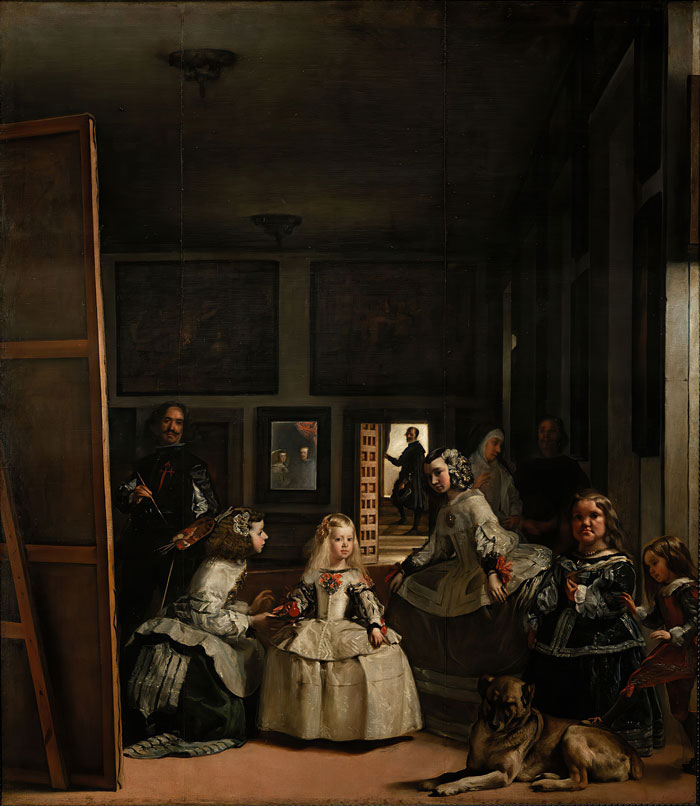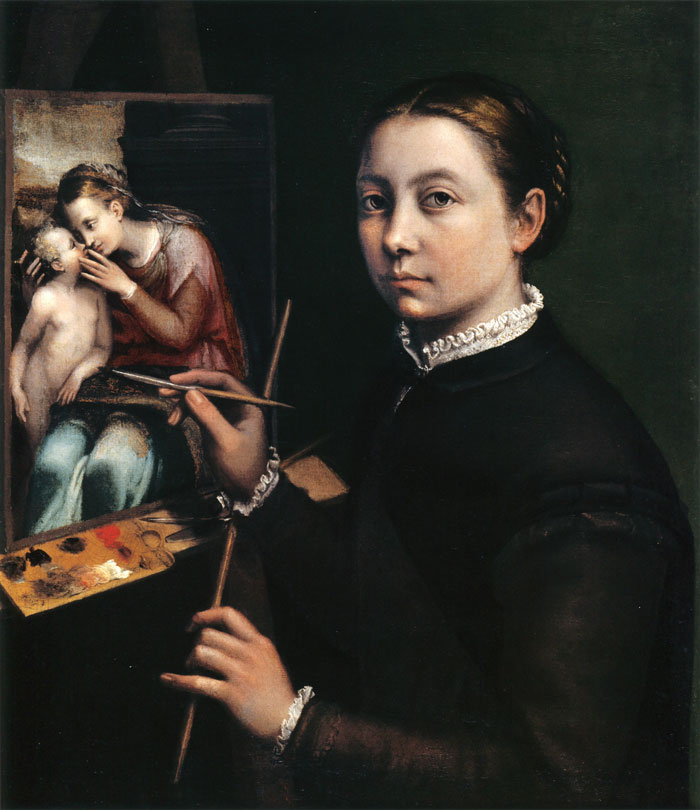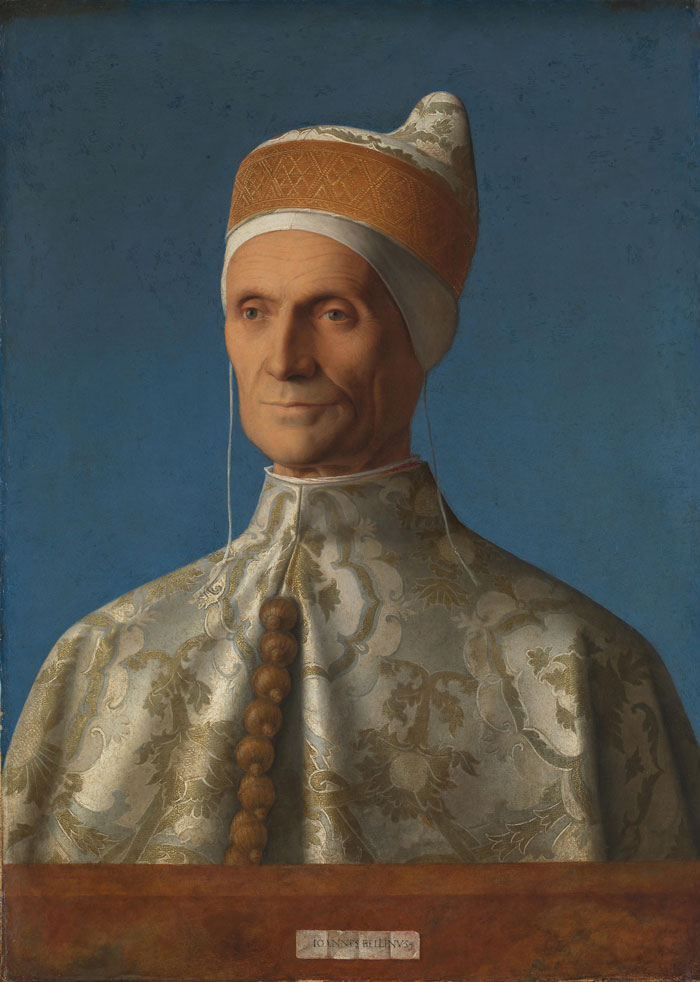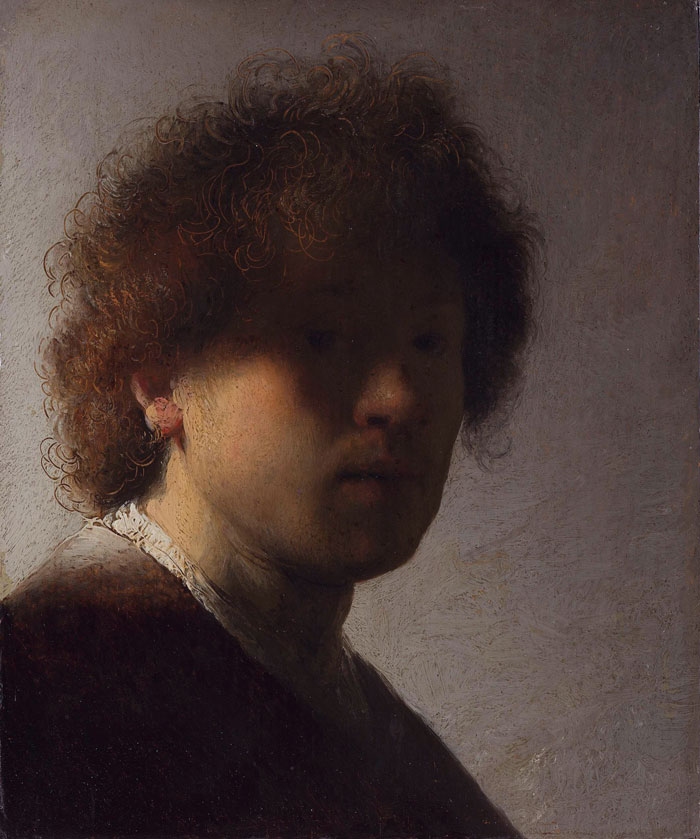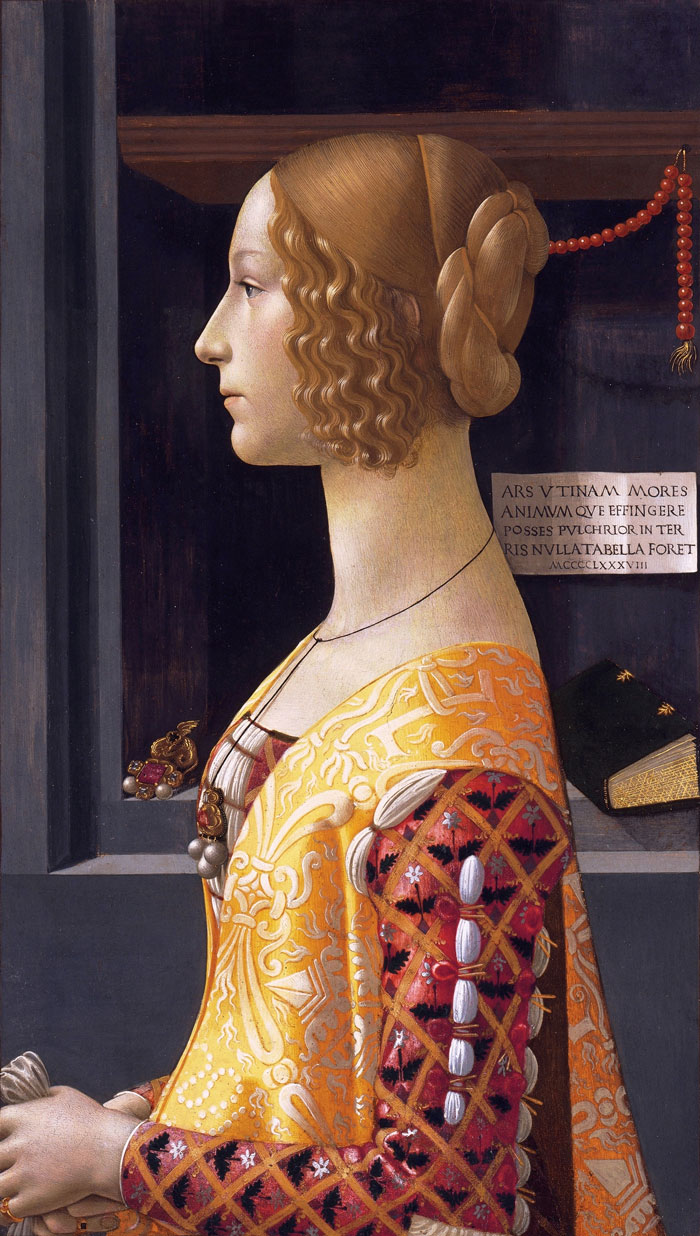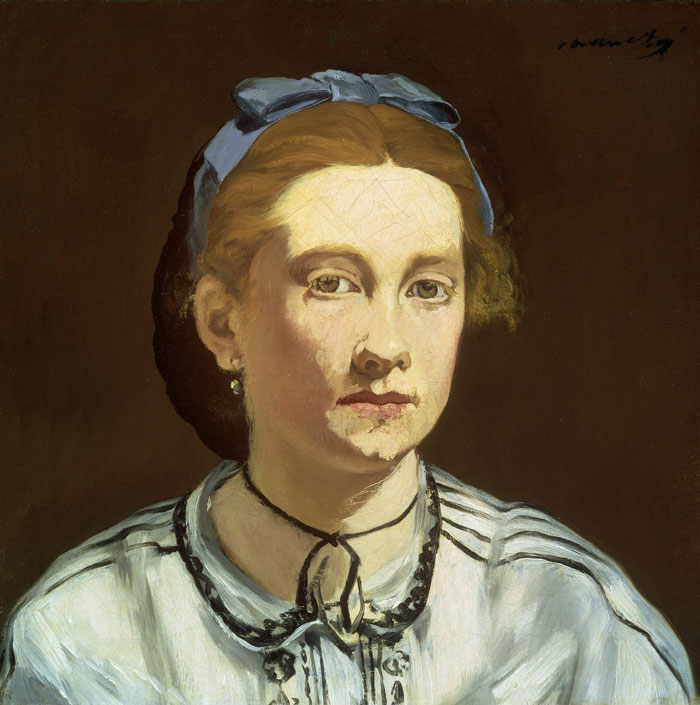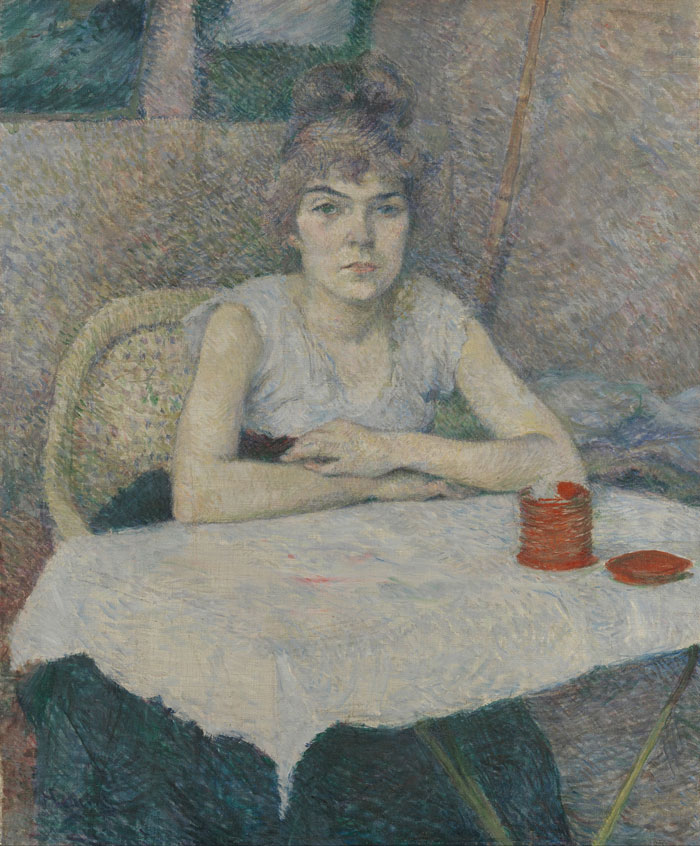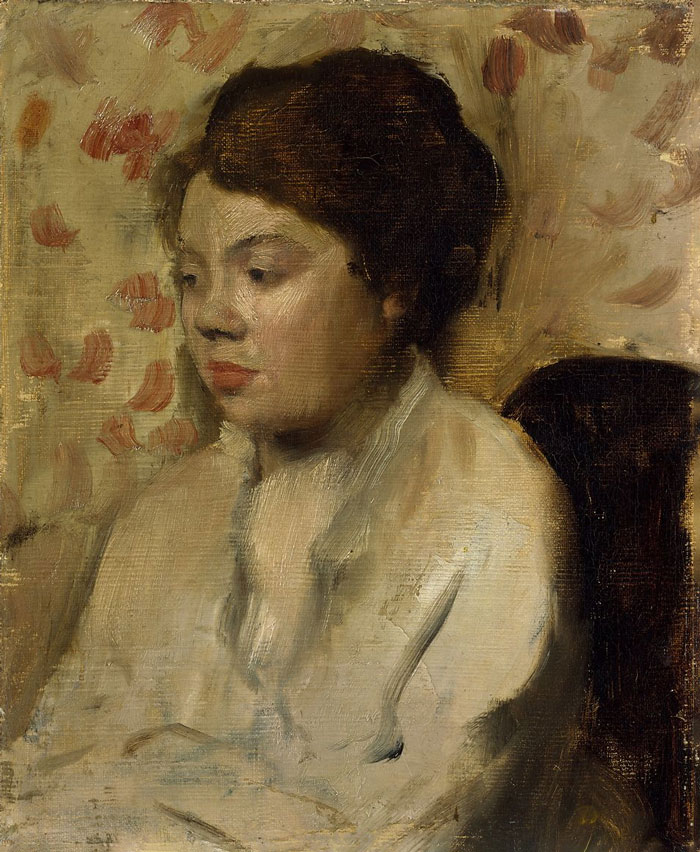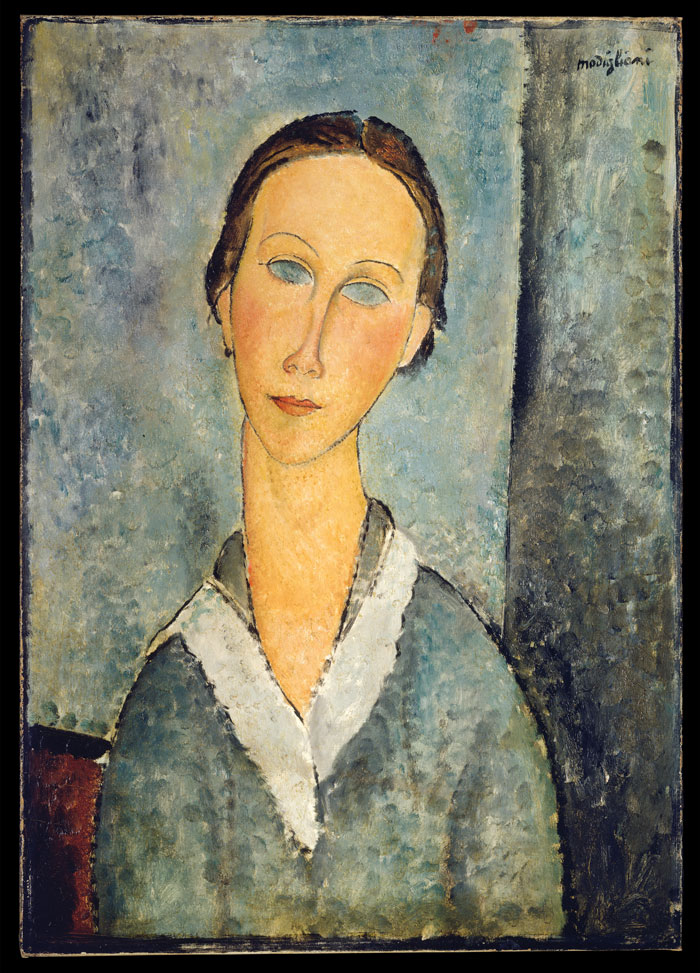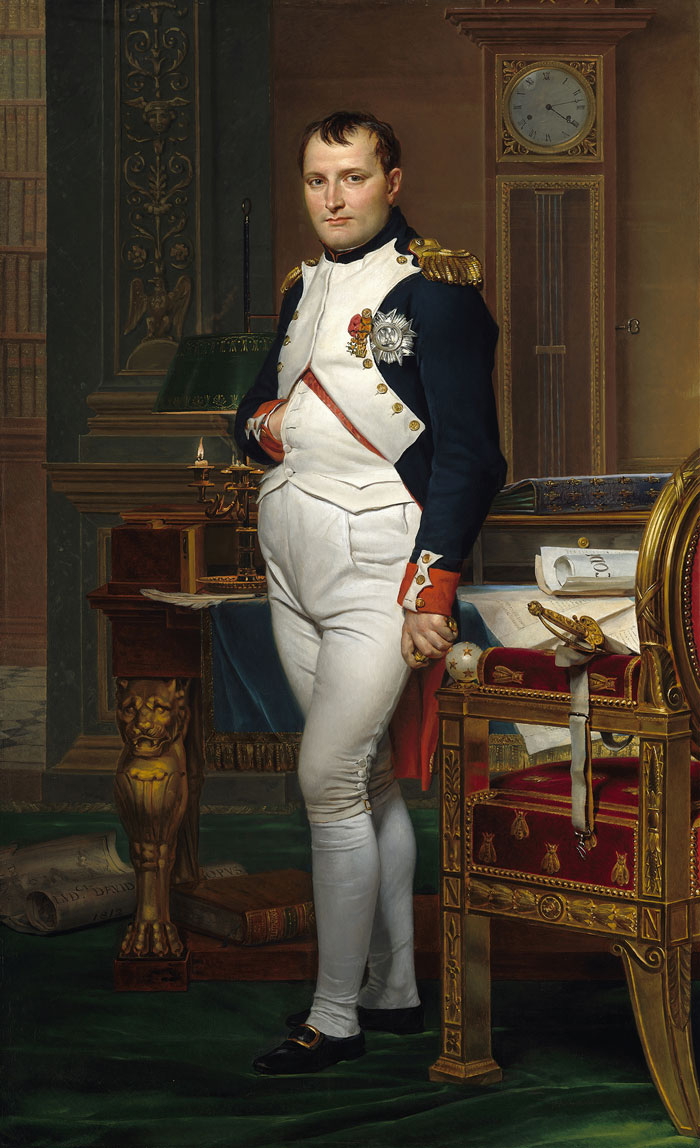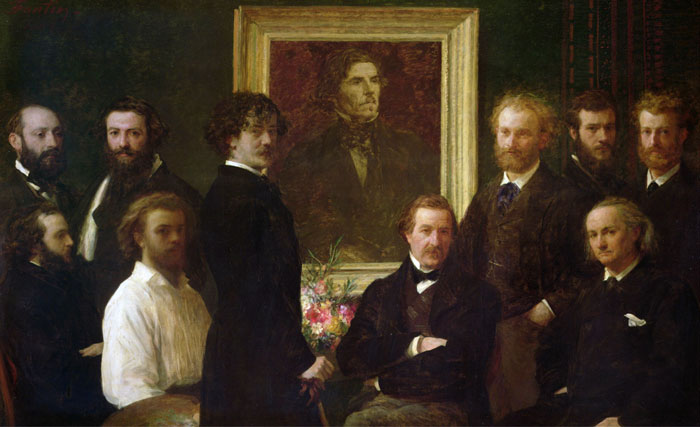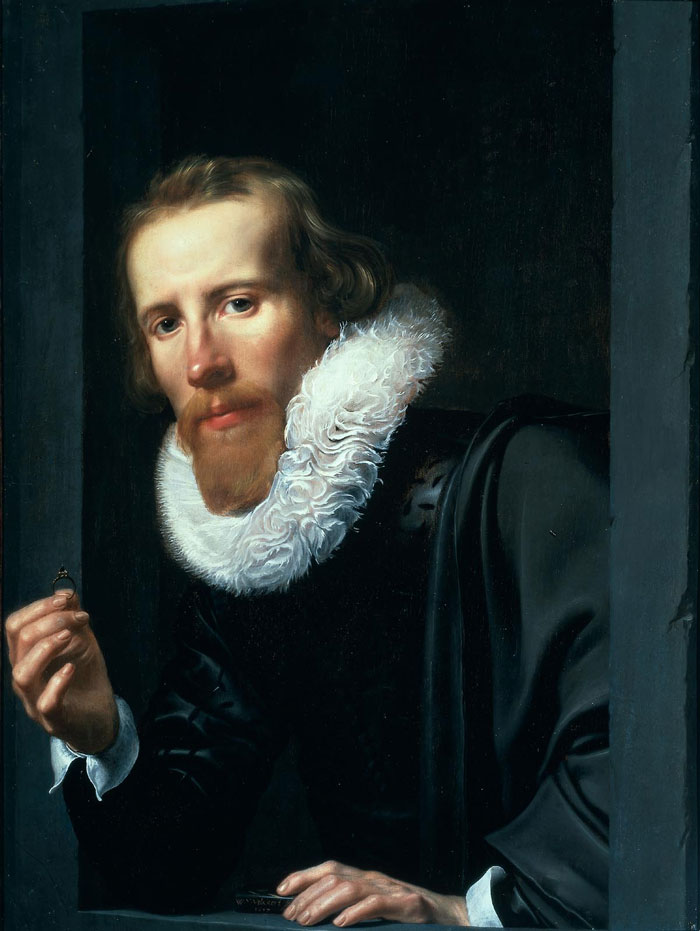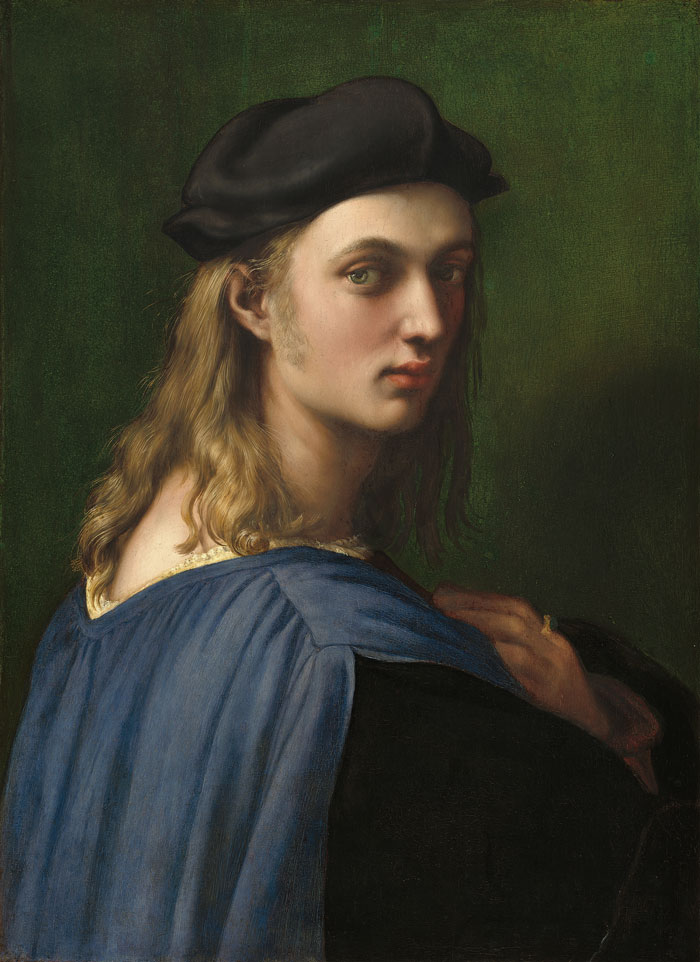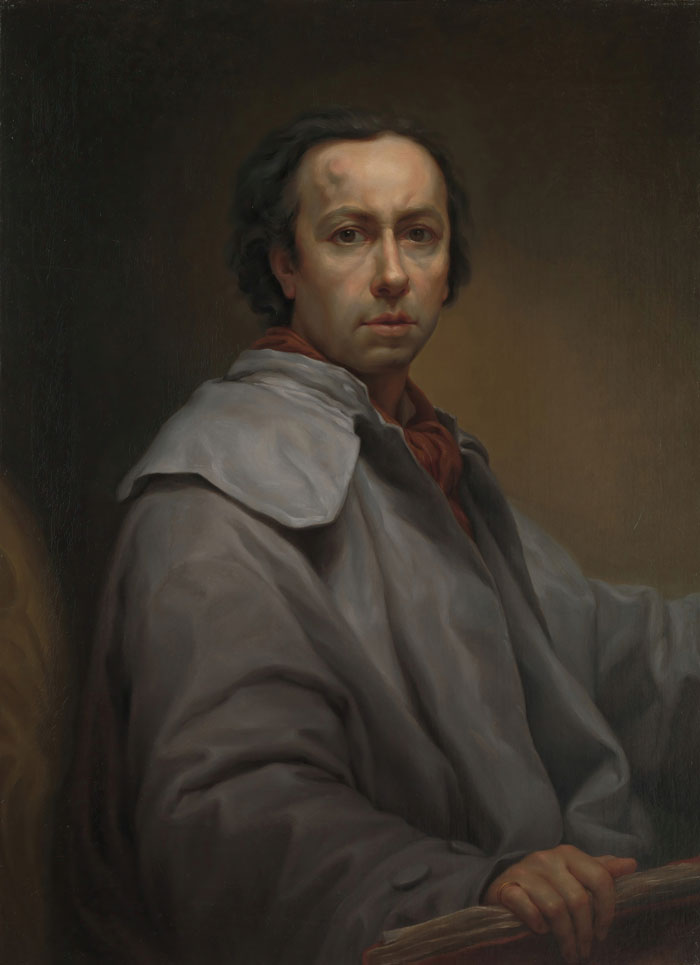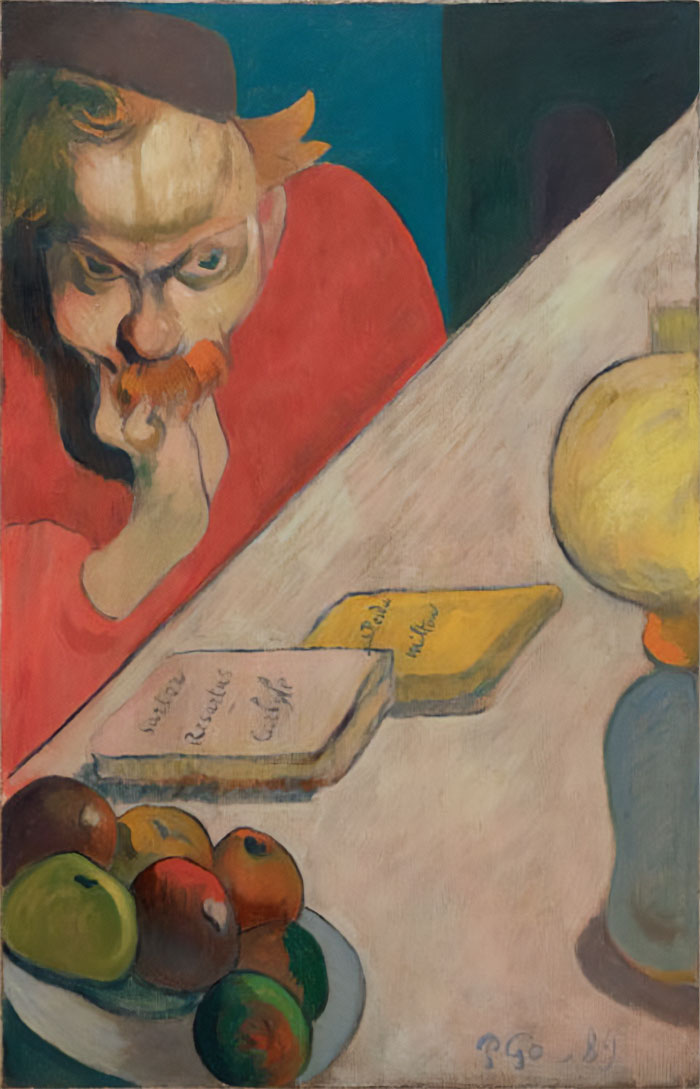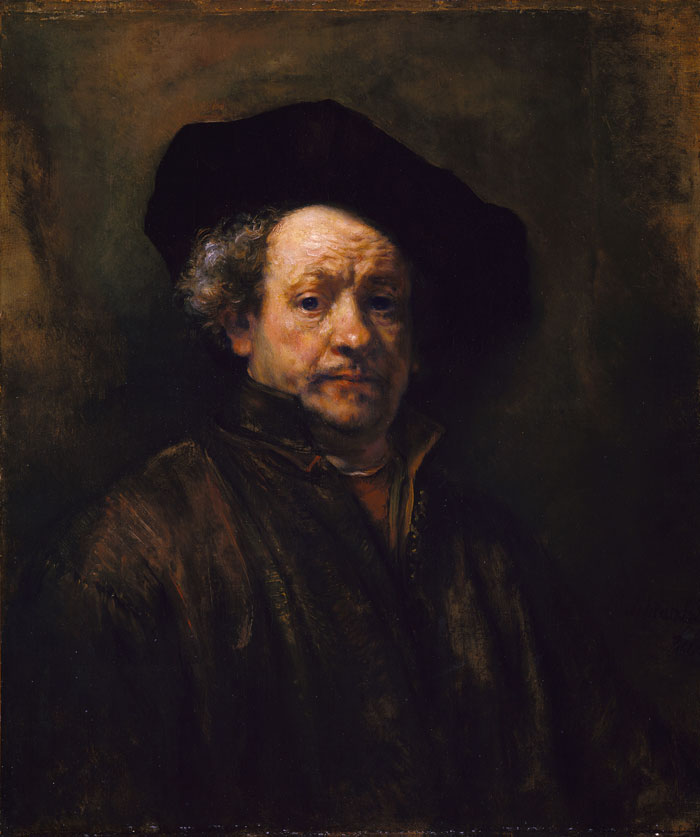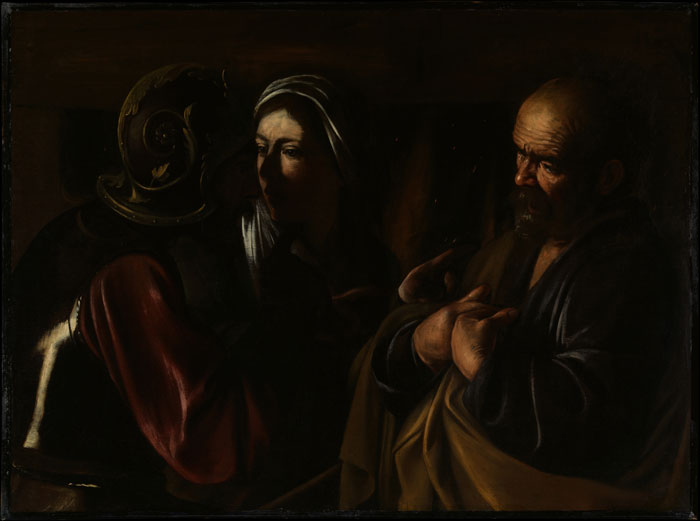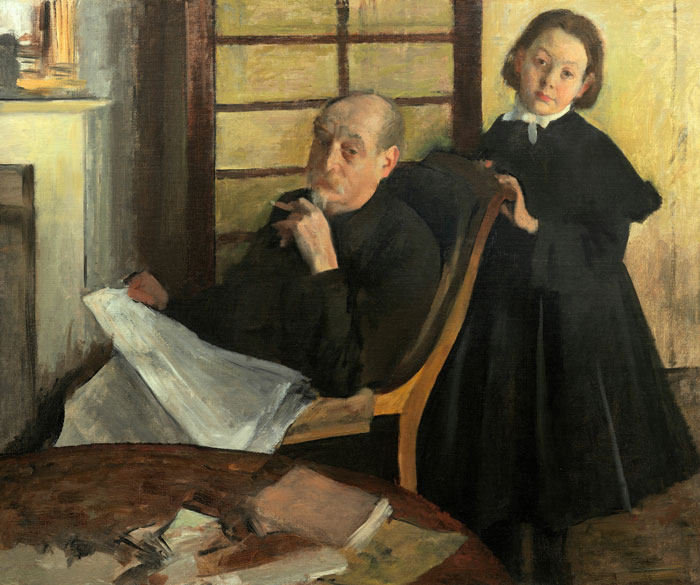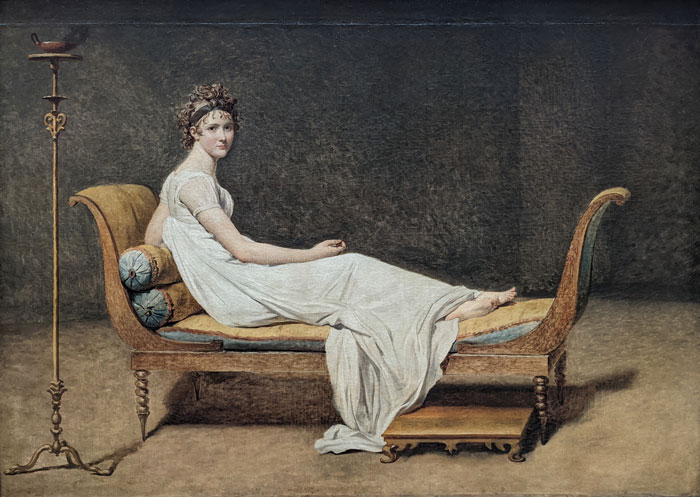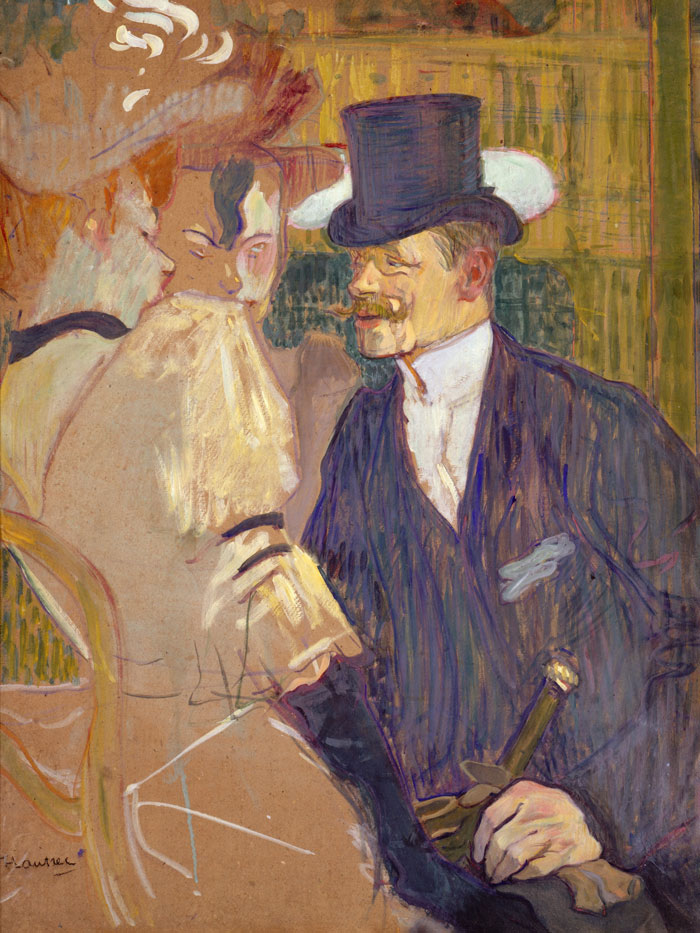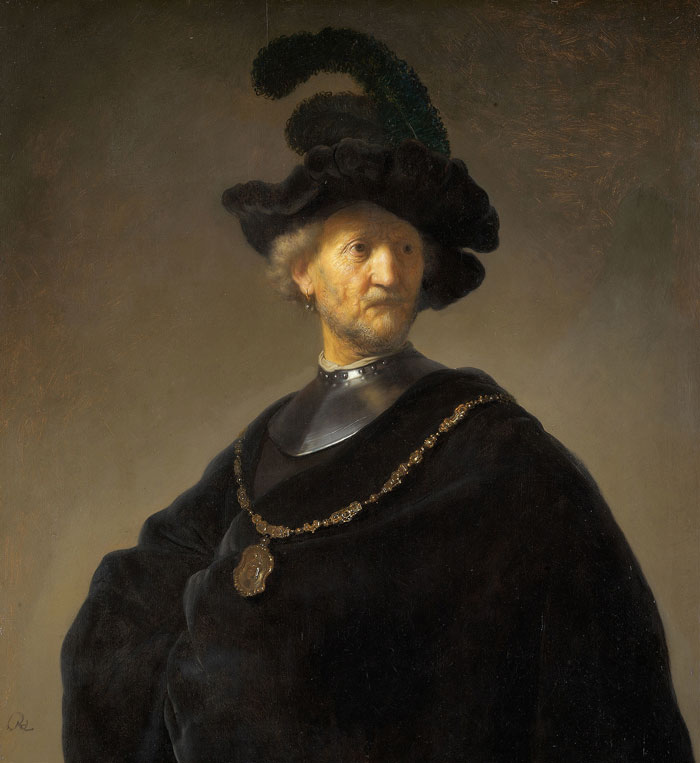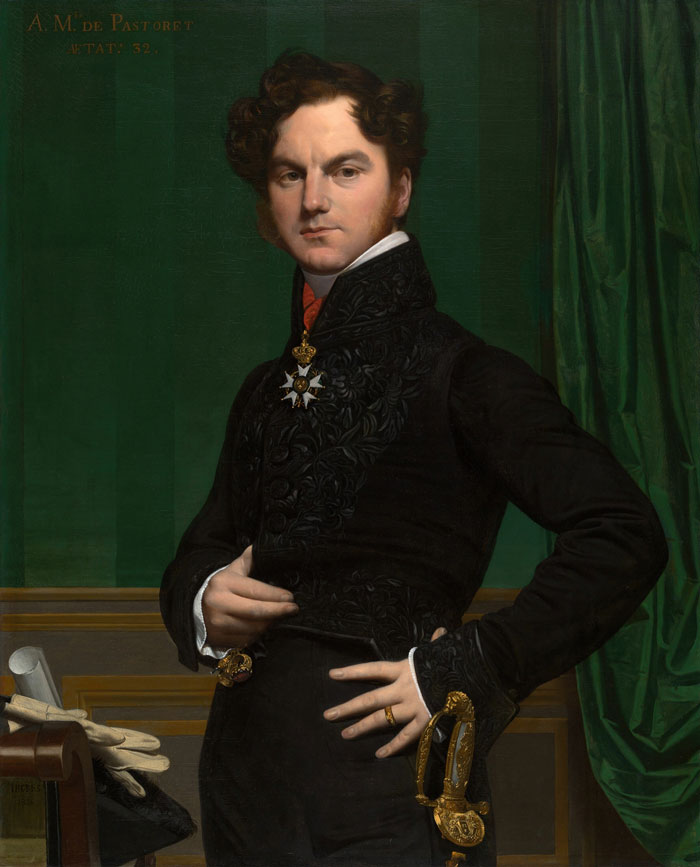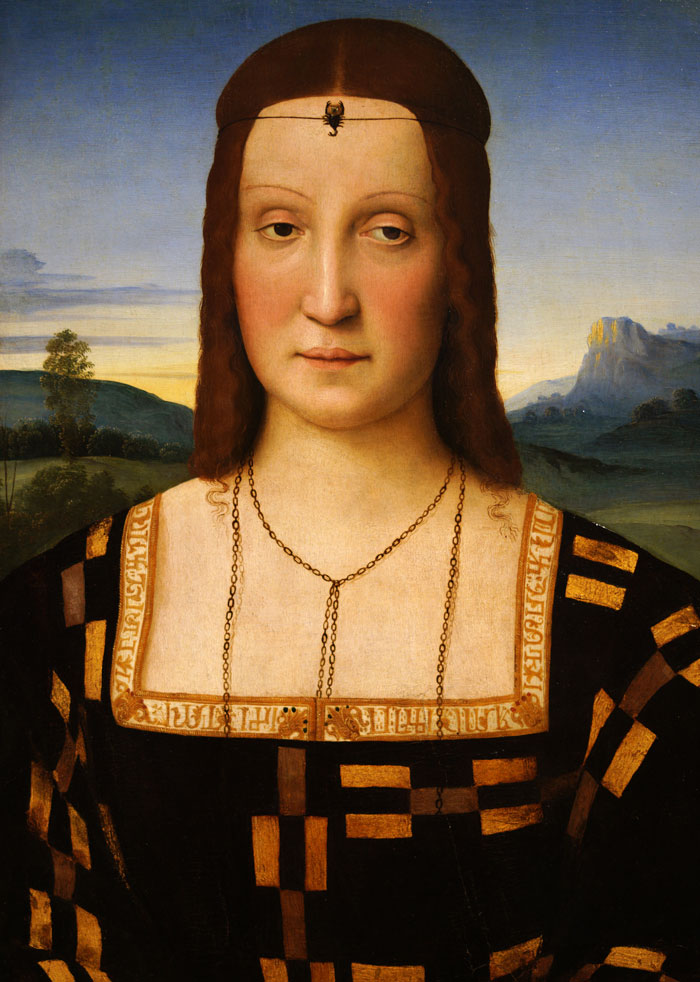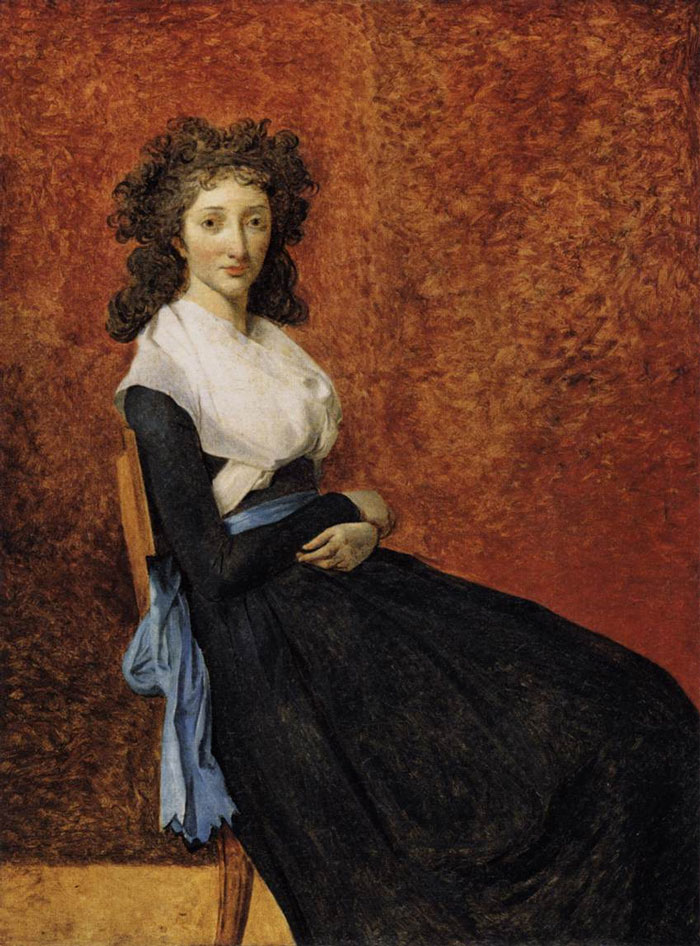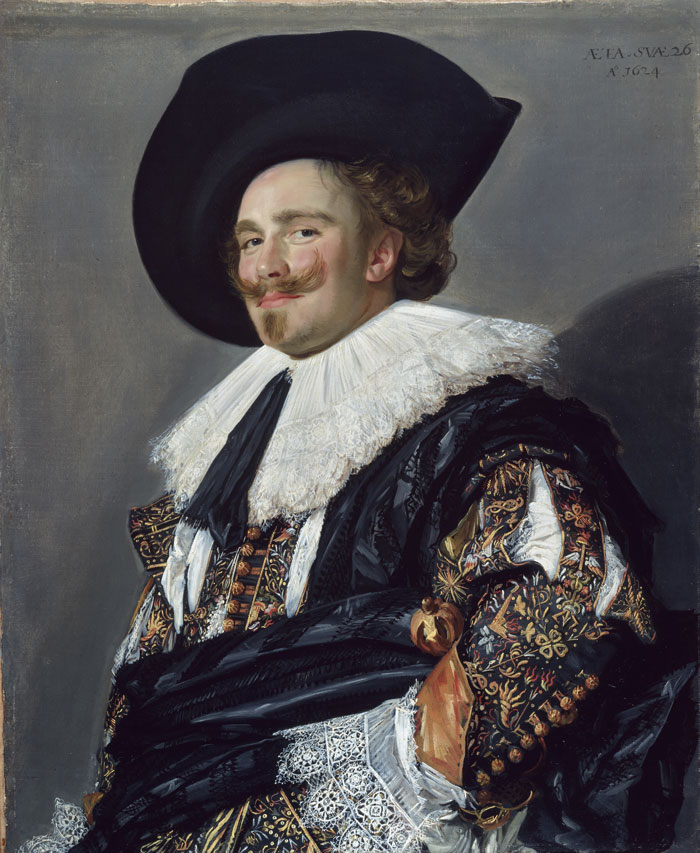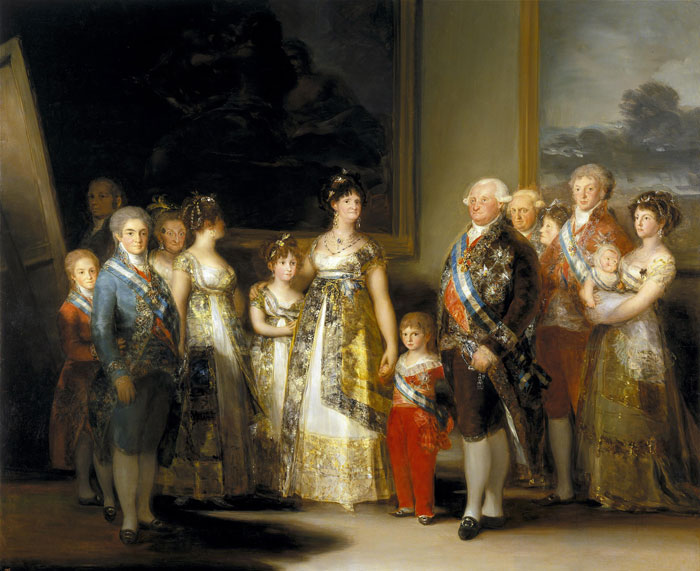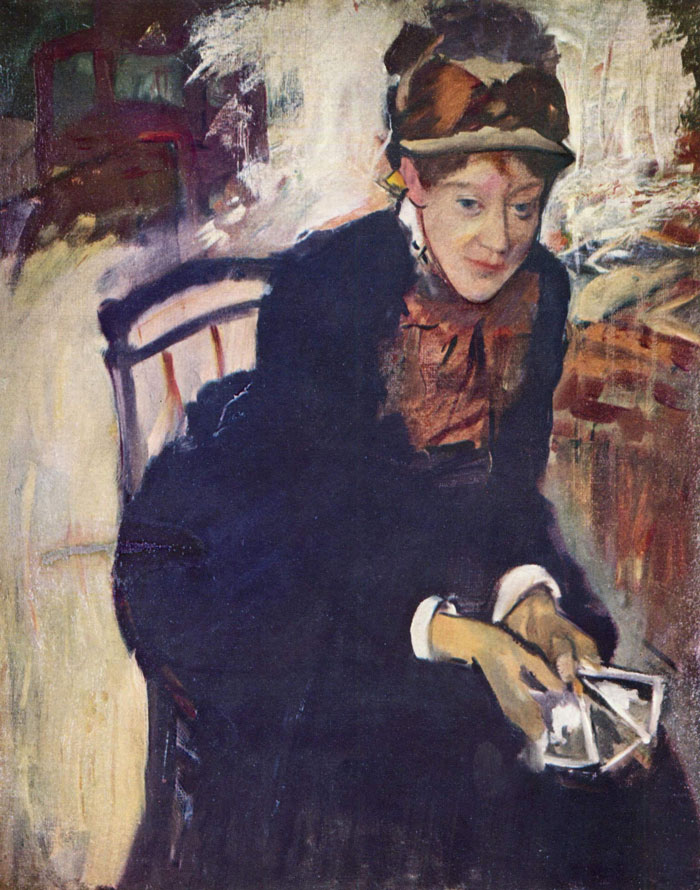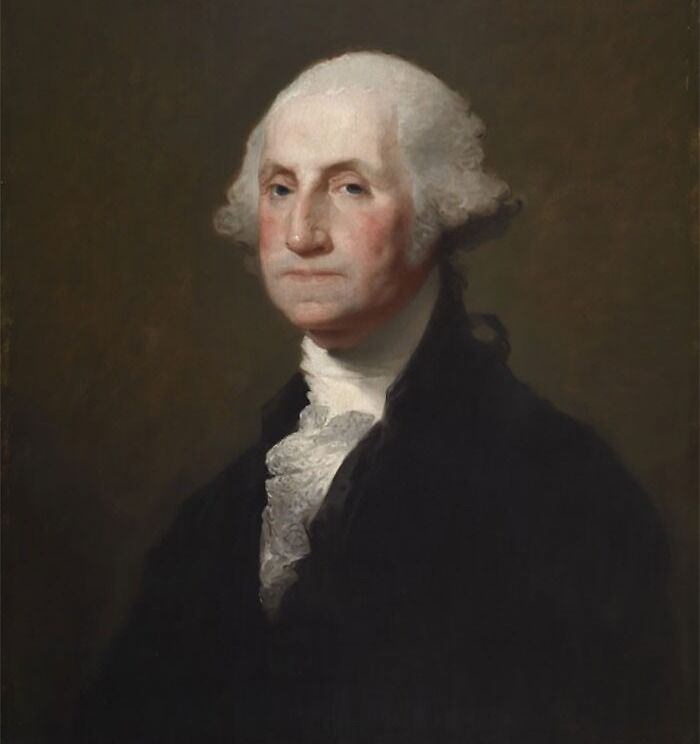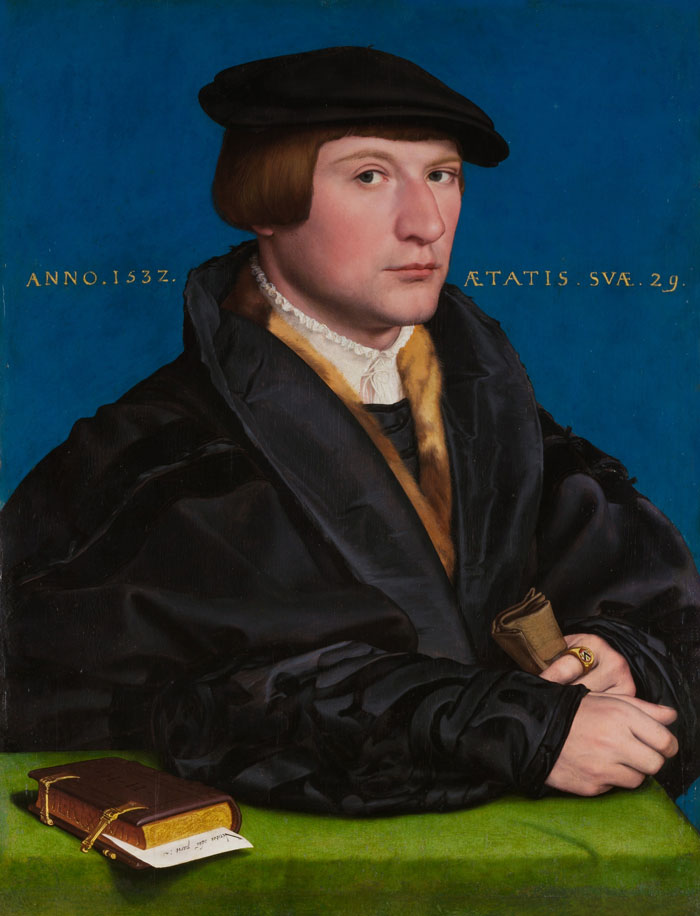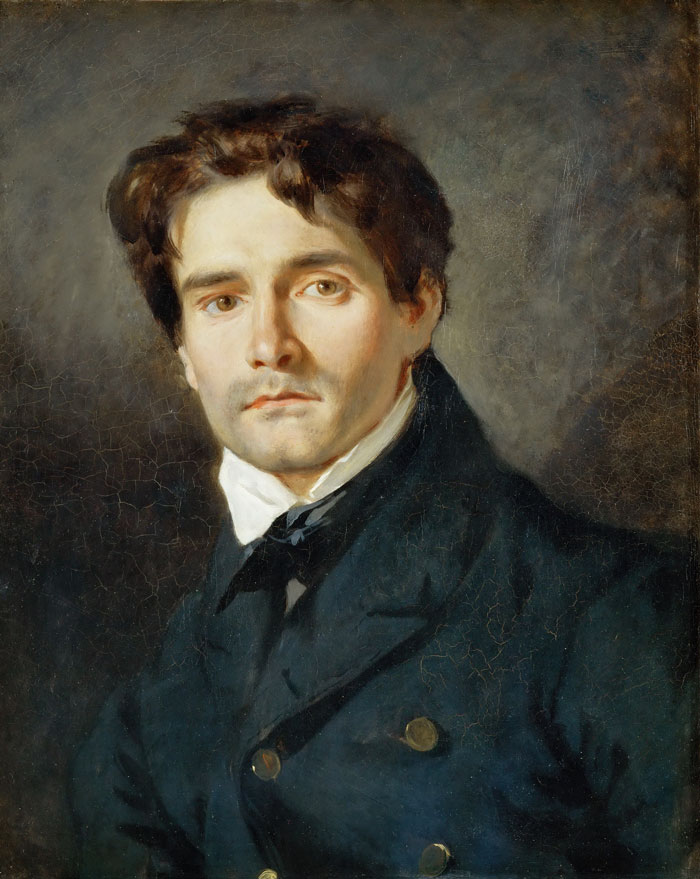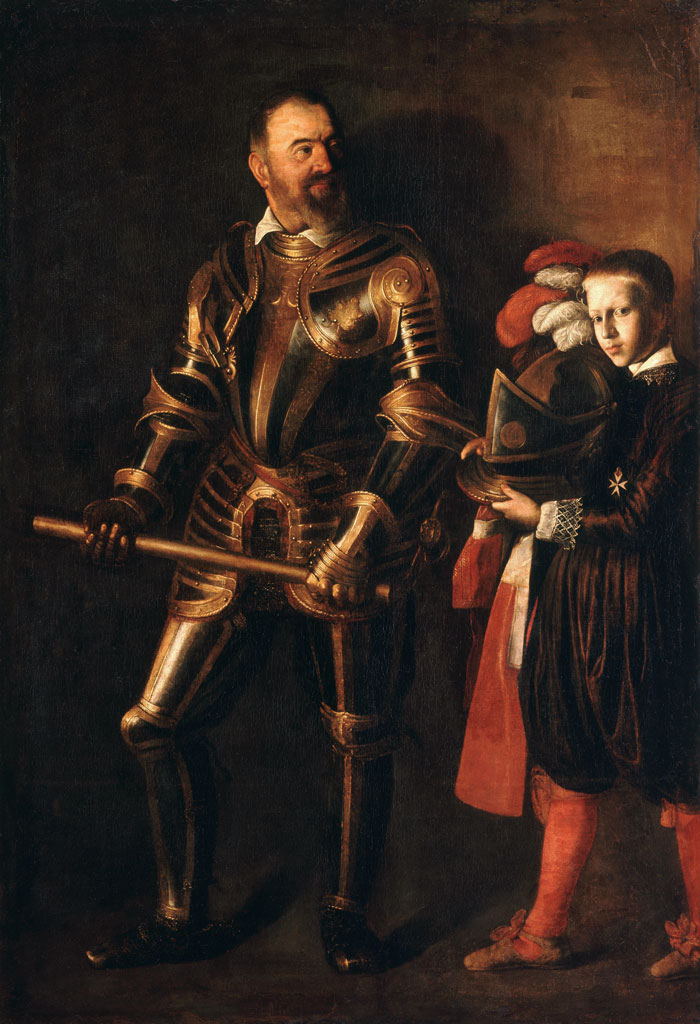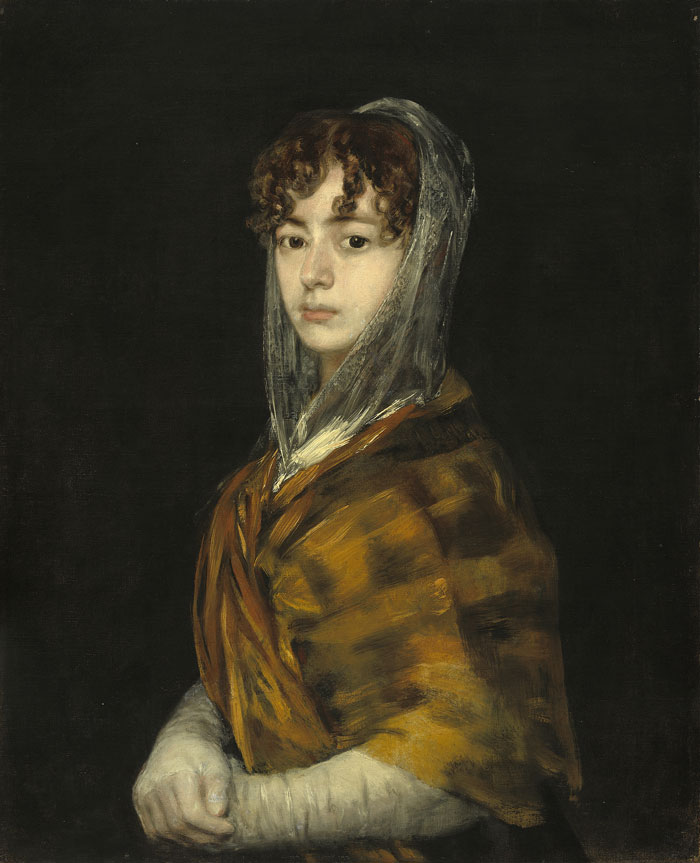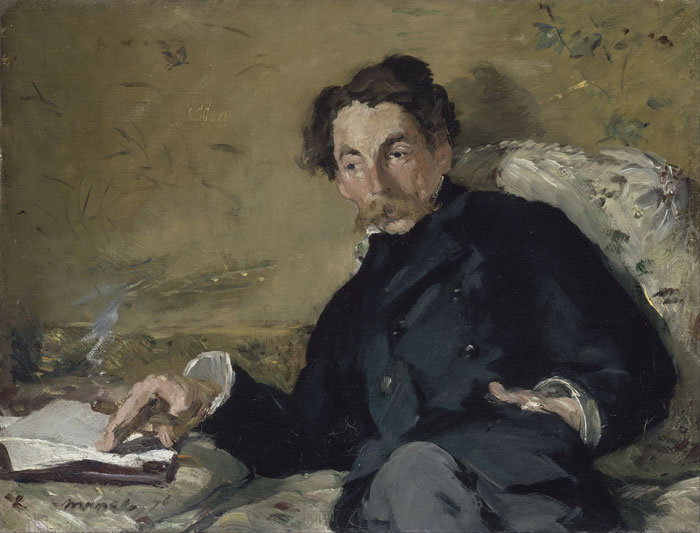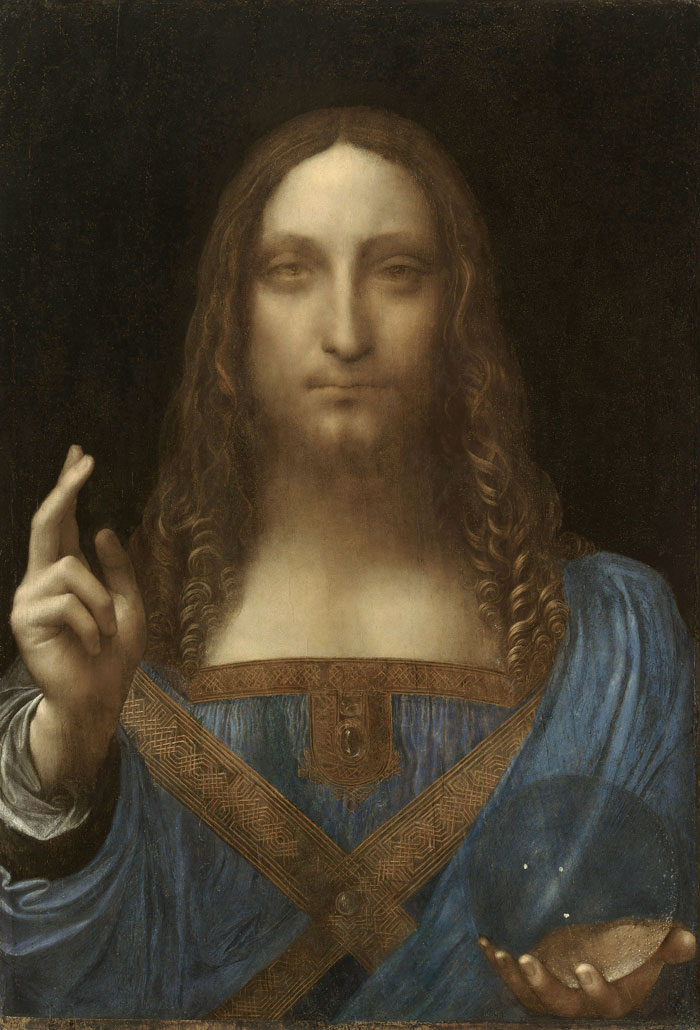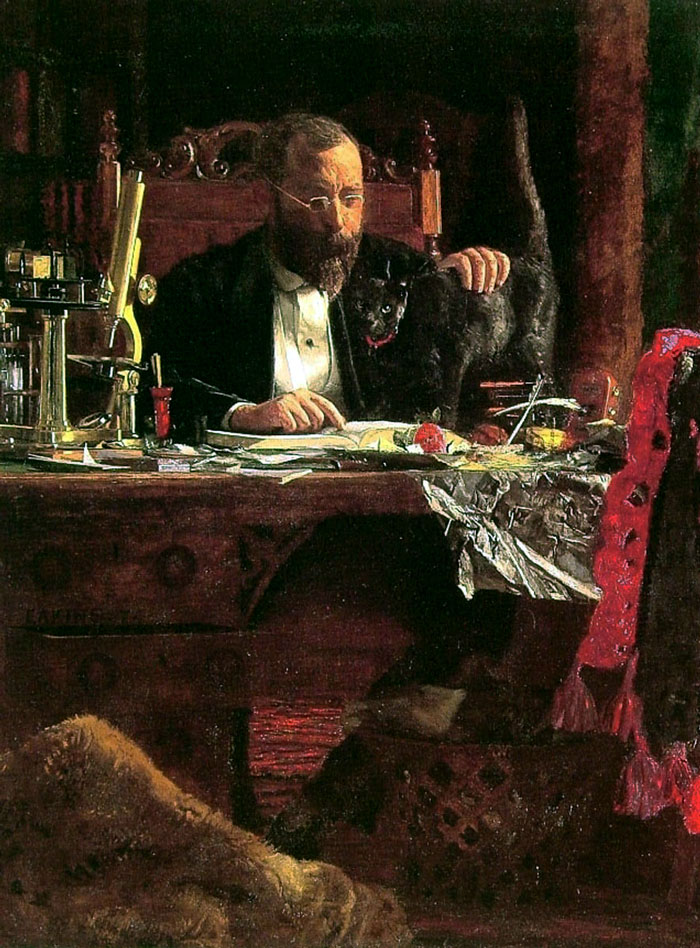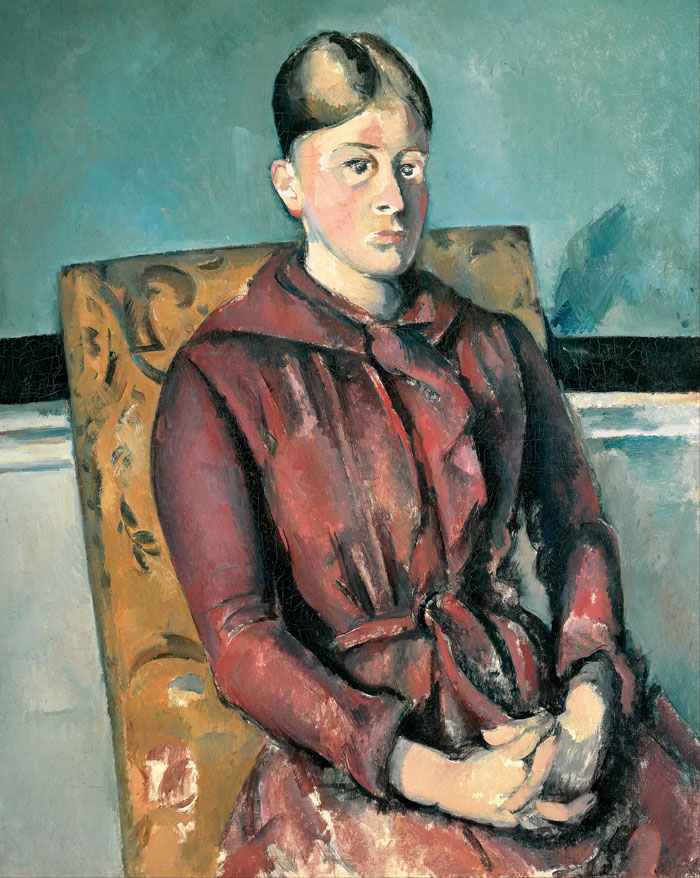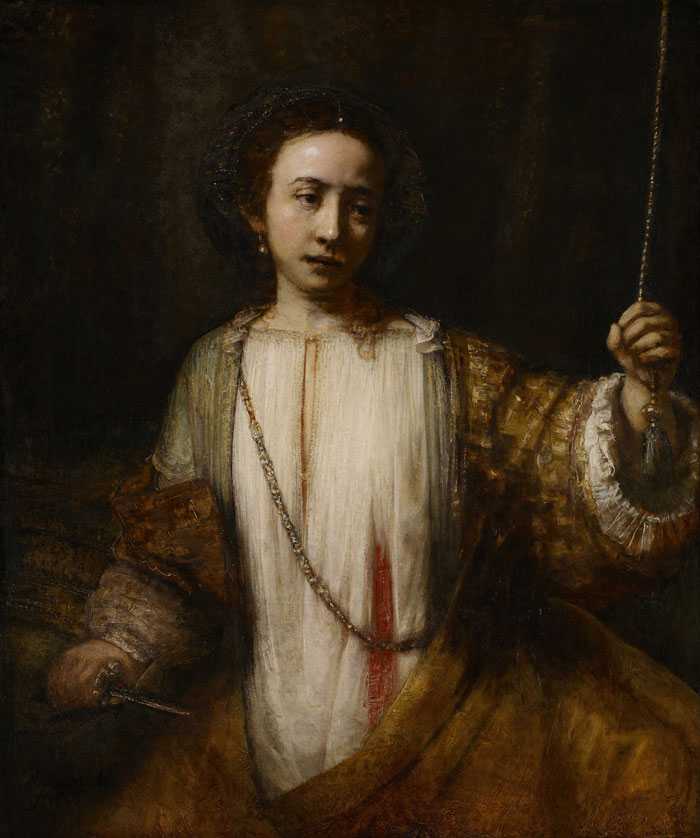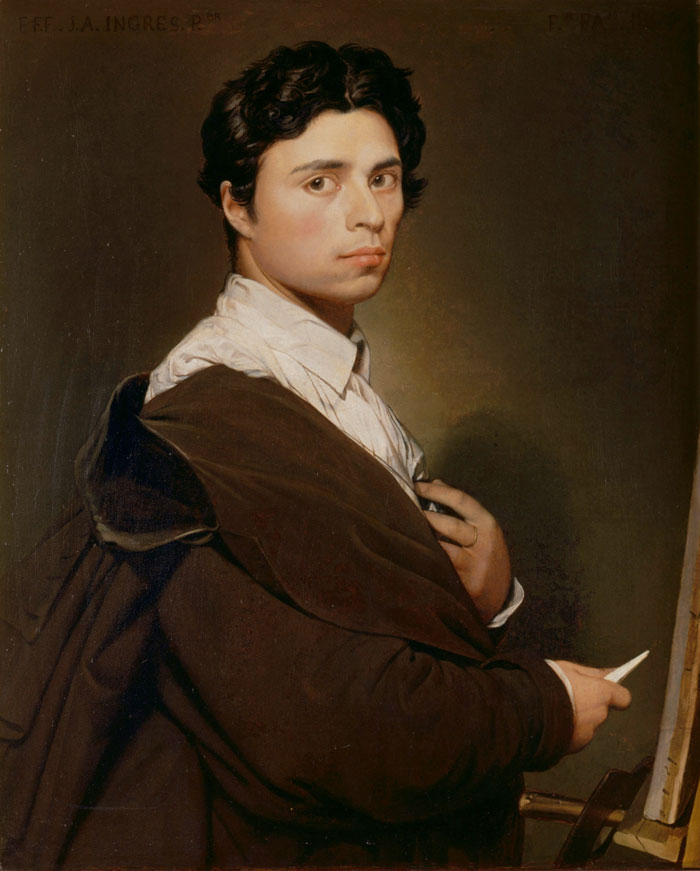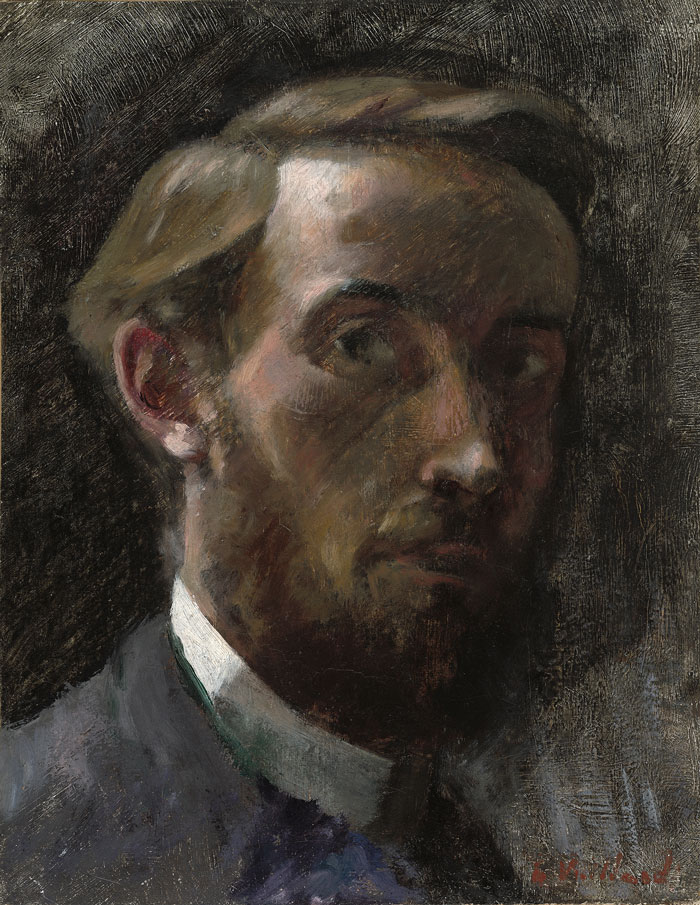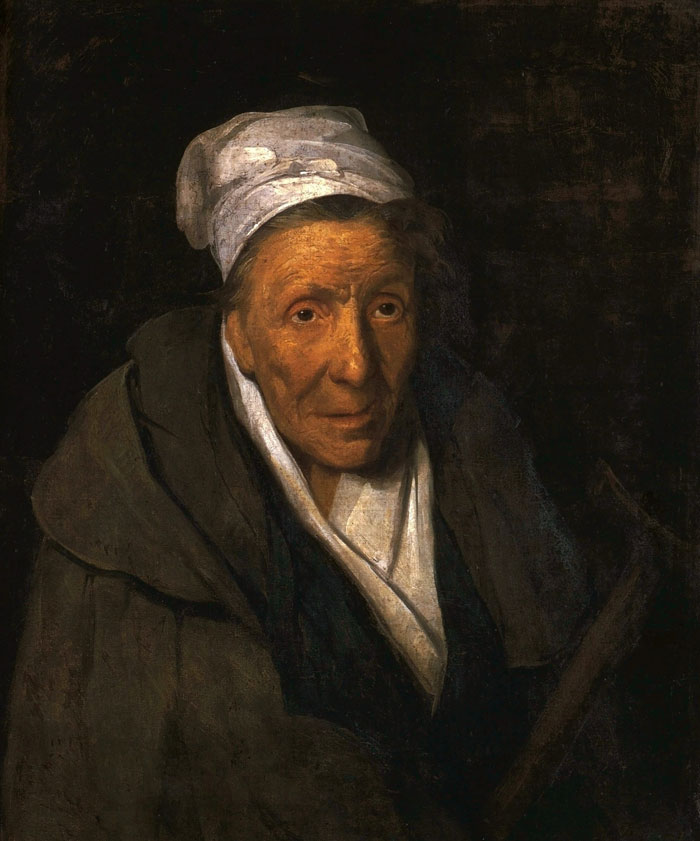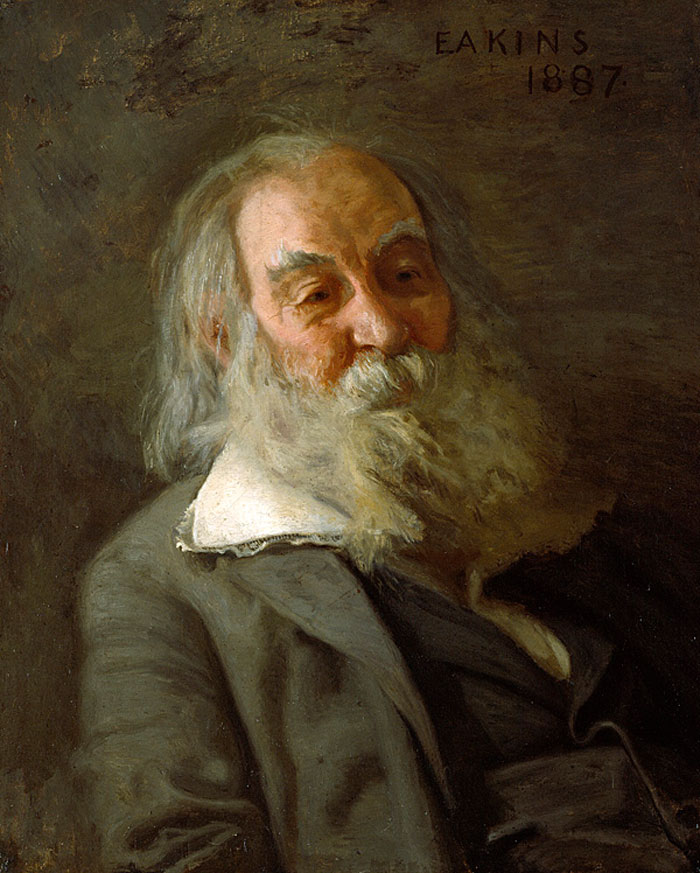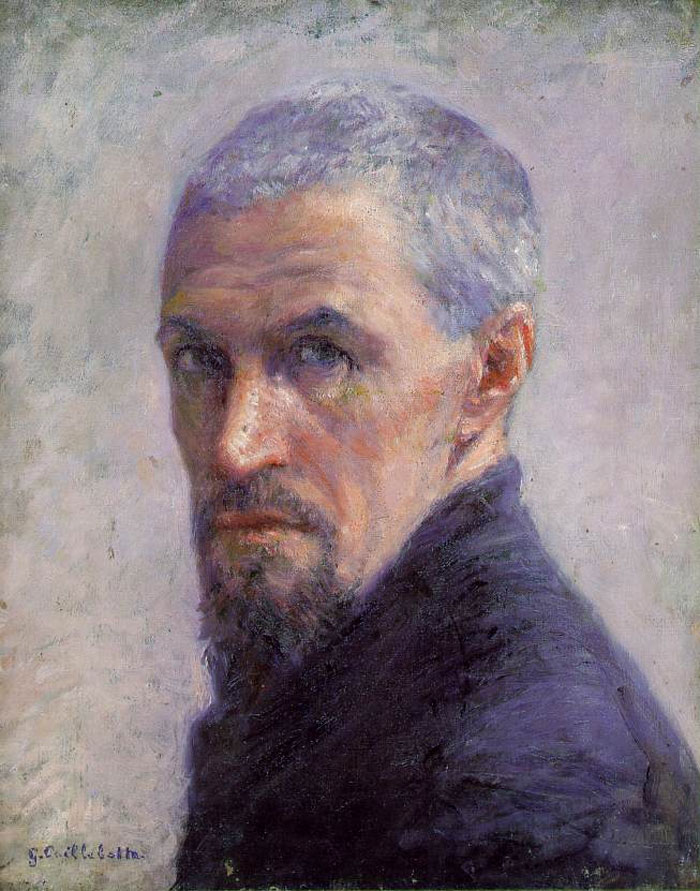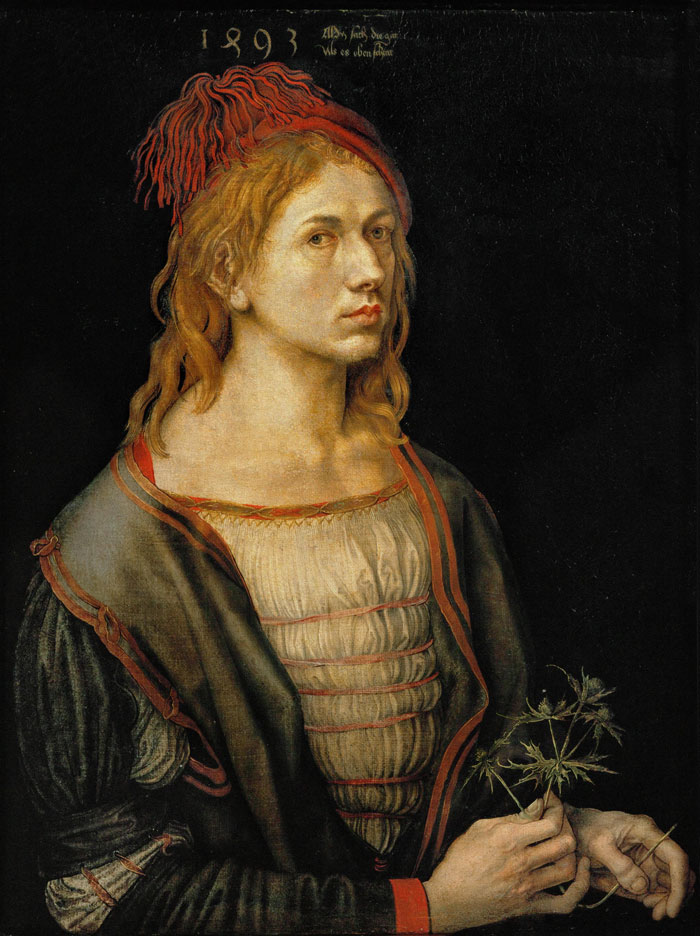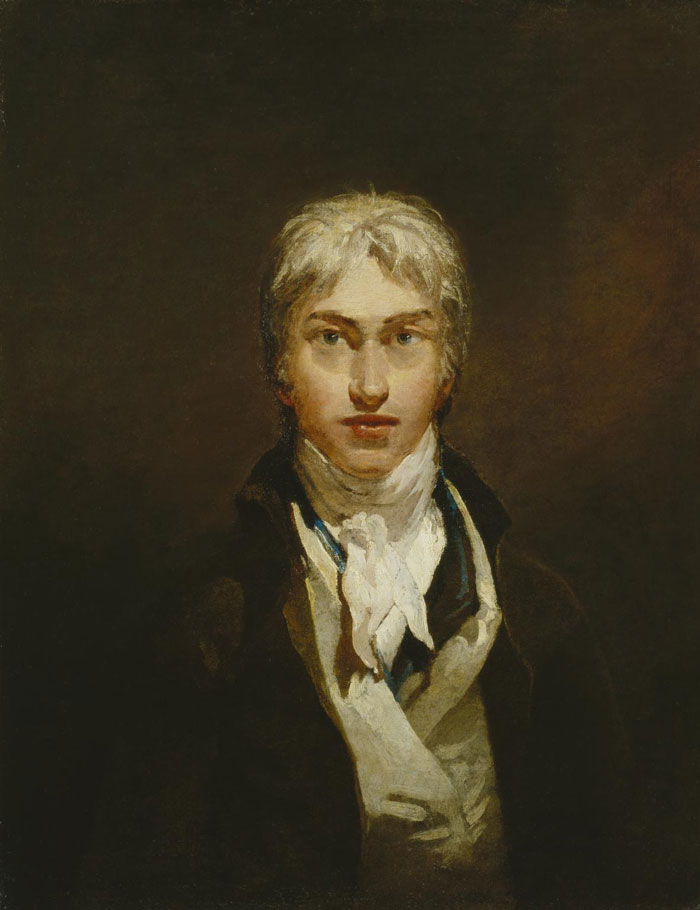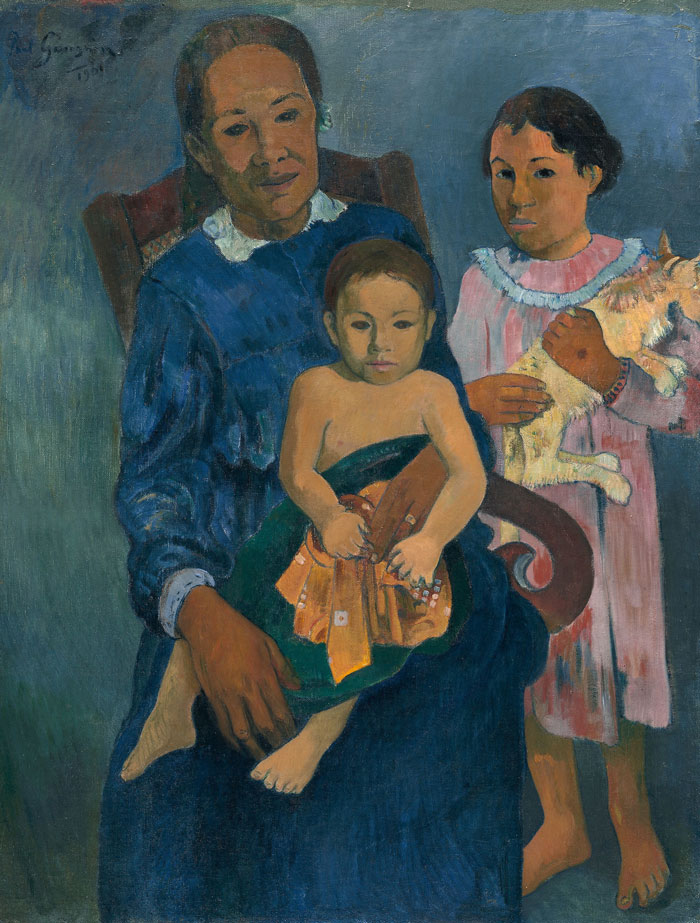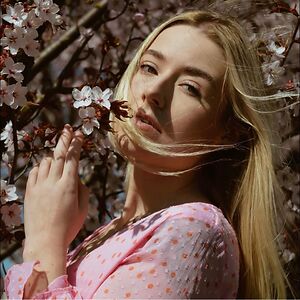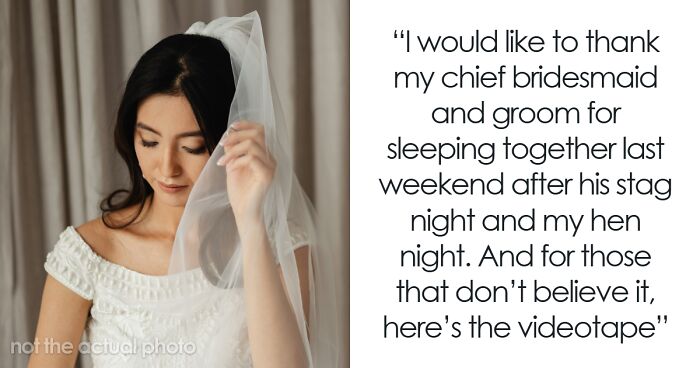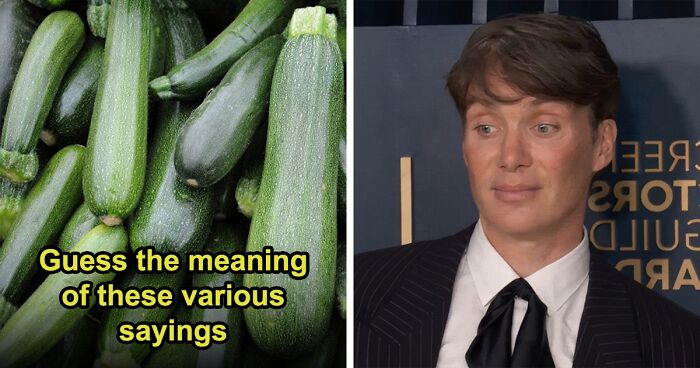Following recent archaeological discoveries, the very first art subject was not a human but a warty pig, and soon after followed cave paintings of humans hunting pigs. Thus, the portrayal of humans in artworks, later followed by objects and nature, really is as old as art itself.
Before the invention of camera obscura and long before the selfie era, painters were entrusted with creating the most accurate depictions of people. Even today, one of the most famous paintings, painted over 500 years ago, Da Vinci’s Mona Lisa, is deemed highly realistic even by today’s portrait painting standards.
However, painted portraits can display more than just a person’s appearance. They tell us about the person’s culture and even a broader retrospective into their cultural and societal background. Whether on wooden panels, towels, napkins, or whatever canvases were available at hand, famous artists from all over the globe were responsible for immortalizing and documenting human progress by painting portraits. Thus, portrait paintings are historically regarded as some of the most important pieces of artwork.
Below, we’ve compiled a list of famous portrait paintings and paintings depicting humans that are of immense historical importance and have heavily influenced the modern art we see today. Remember to upvote your favorite portraits, and once you are done, check out our article covering the most famous works of art of all time!
This post may include affiliate links.
The Desperate Man (Self-Portrait)
Artist: Gustave Courbet | Year (completed): 1845 | Period: Romanticism
Self-portraits are prevalent throughout Courbet's career, and many of these self-portraits, including the one above, are Romantic in style, demonstrating clean lines and precision. In The Desperate Man, Courbet pulls his hair while staring at the observer directly with his eyes wide open, conveying the subject's emotional and psychological state. Courbet utilized his self-portraits to prove himself as an artist and as a means of self-promotion and publicity. He believed that artists should depict the world as they perceive it; thus, his realistic artwork in the late 1840s favored many young realist and neo-romantic painters. In addition to feeling his desperation when one looks at this self-portrait, the observer also gets a sense of Gustave Courbet's personality. Brave, cunning, radical, aspirational, and determined. Determined to influence the direction of art history by protesting against cliches and challenging established painting forms.
Portrait Of Lady Agnew Of Lochnaw
Artist: John Singer Sargent | Year (completed): 1892 | Movement: Impressionism
Lady Agnew (born Gertrude Vernon) is the subject of this painting, which was ordered by her husband, the Scottish barrister Sir Andrew Noel Agnew. The lady establishes a strong rapport with the observer through her direct stare and informal stance. Her exquisite white gown with lilac accent blends well with the vibrant, patterned upholstery of the Chinese silk wall hanging from the eighteenth century and the French chairs. Sargent’s smooth brushstrokes exude an air of luxury and comfort. The artist said he sometimes got his best results only after a few sittings. He finished the Portrait Of Lady Agnew Of Lochnaw in six sessions. The work’s exhibition at the Royal Academy in London in 1893 helped establish Lady Agnew as a society hostess and the Sargent’s portrait painter status.
Portrait Of Madame X
Artist: John Singer Sargent | Year (completed): 1884
John Singer Sargent was the most famous portrait painter of his time, also hailed as the "leading portrait painter of his generation." In 1874 he went to Paris to study painting. Ten years later, in 1884, at the Paris Salon, Sargent debuted arguably one of his best-known paintings, Portrait Of Madame X, which portrays a Parisian beauty named Madame Gautreau. Sargent thought it was his best work and was unpleasantly startled when it sparked a stir because reviewers thought it was eccentric and provocative. After failing in Paris, Sargent relocated permanently to London. His art didn't instantly appeal to the English taste. However, it all changed in 1887. That year, his painting of two little girls lighting Japanese lanterns won the British public's hearts. He started to receive extraordinary acclaim in England and the United States. Clients flocked to his studio in Chelsea, where he charged around $5,000 for a full-length portrait. However, despite it bringing him a bunch of money, in 1907, Sargent gave up on painting portraits on commission. He referred to the genre that had made him famous in his letter to his lifelong friend Ralph Curtis as "paughtraits," using his unique and satirical spelling. "I abhor and abjure them and hope never to do another, especially of the Upper Classes."
Girl With A Pearl Earring
Artist: Johannes Vermeer | Year (completed): 1665 | Movement: Dutch Golden Age
The Girl With A Pearl Earring, one of Vermeer's most famous paintings, was created in 1665, ten years before his terrible demise. The work has gone by several names throughout the ages, and only in the 20th century did it receive its current title. A young woman is depicted in the painting in a small, dark environment that focuses the viewer's attention solely on her. She is decked out in a gold jacket with a visible white collar underneath, the titular pearl earring, and a blue and gold headpiece. Unlike many of Vermeer's subjects, she is not focused on a routine task and unaware of the viewer. Instead, she turns her head over her shoulder and meets the viewer's gaze, her lips parted as if she was about to speak.
Portrait Of Adele Bloch Bauer I
Artist: Gustav Klimt | Year (completed): 1907 | Periods: Art Nouveau, Vienna Secession, Modern art
There is little doubt that Klimt was influenced by Egyptian art when he created this portrait of Adele Bloch Bauer I, the wife of sugar industrialist Ferdinand Bloch-Bauer. Bauer twice commissioned Klimt to create portraits of his wife. In this particular painting, Adele is depicted by Klimt in an ambiguous position. It's unclear whether she's standing or sitting in an armchair draped in sinuous spirals. Her face is encircled by a golden halo with elaborate decorations. The sensuality of the woman depicted in the portrait is conveyed by her heated cheeks and rouged lips. Adele Bloch-Bauer is also decked out in expensive jewelry, including a choker made of diamonds that Ferdinand had given her as a wedding gift. Given that Adele struggled with health issues throughout her life, the all-seeing eye and golden triangle symbols on her dress may have been added as amulets. This painting was later stolen by the Nazis in 1941 and was only recovered after 60 years.
Vsevolod Mikhailovich Garshin
Artist: Ilya Repin | Year (completed): 1884 | Movement / Style: “Peredvizhniki”
In 1884, Ilya Repin created his portrait of Vsevolod Mikhailovich Garshin. During the Russo-Turkish War, writer Vsevolod Garshin was a military man. After the war, he was appointed an officer, but Garshin withdrew and concentrated on his literature. The horrors and gloom he encountered on the battlefield shocked him. He expressed his profound empathy and boundless compassion for others through his written work. Repin's portrait captures his love of literature and his inherent kindness and makes it eternal. In the scene depicted in the portrait, Garshin suddenly turns to face the spectator while reading a book at his desk. It's hard to look away because of how intense his gaze is. His expression conveys a profound melancholy and anguish. But there's also evidence of the man's kindness. His melancholy and compassion combine to create a painting of incredible intricacy and arguably one of Ilya Repin's best works.
This is incredible, it looks like a photo. No stylized light, no perfected features.
Portrait Of Madame De Florian
Artist: Giovanni Boldini | Year (completed): 1910 | Movement: Macchiaioli
Parisian actress and socialite Marthe de Florian was well known for her alluring beauty. She was also the subject of many rumors. People speculated that she had relationships with several notable men, including future French Prime Minister Georges Clemenceau and painter Giovanni Boldini, the master behind the portrait above. However, until 2010 when the apartment seemingly frozen in time was discovered, the latter connection was only an assumption. One of the many findings in Madame Marthe de Florian's apartment in Paris was a portrait of herself painted by Giovanni Boldini, wearing a lovely pink muslin evening gown. A card with a handwritten love letter from the artist discovered in the flat and a brief mention found in a 1951 book that the artist's widow Emilia Cardona commissioned supported the portrait's origin. The image had never been listed, displayed, or published. According to the book, the painting might have been created in 1888, when the actress was 24 years old.
Vertumnus
Artist: Giuseppe Arcimboldo | Year (completed): 1591 | Period: Renaissance | Style: Mannerism
Giuseppe Arcimboldo painted Vertumnus in Milan around 1590. It depicts Rudolf II, Holy Roman Emperor, as Vertumnus, a god in Roman mythology associated with gardens, fruit trees, changing seasons, and growth. Fruit, vegetables, and flowers make up Rudolf's portrait, which the artist intended to depict the ideal harmony and balance with nature represented by the Emperor's reign. The creative paintings created by Arcimboldo utilizing natural objects indicated the Renaissance mind's obsession with conundrums, puzzles, and the uncanny. Arcimboldo employed a mannerism style heavily in his paintings.
Mona Lisa
Artist: Leonardo Da Vinci | Year (completed): 1506 | Period: Renaissance
Leonardo has frequently been referred to as the prototypical "Renaissance man," a person whose seemingly limitless curiosity was only surpassed by his inventiveness. He is regarded as one of the finest artists and possibly the person with the broadest range of talents ever. However, Leonardo was and is primarily known for his paintings. The Last Supper and the portrait of the Mona Lisa, two of his creations, are arguably the most well-known, frequently imitated, and often parodied paintings of all time. Leonardo da Vinci was one of the first painters to use aerial perspective. His work was among the first portraits to show the subject in front of a made-up landscape. Before him, portraits lacked mystery; artists merely depicted physical attributes without considering the soul. If they did, they attempted to convey the soul through gestures, symbolic items, or inscriptions. The Mona Lisa remains a mystery to this day; the soul is present yet inaccessible.
Princess Albert De Broglie
Artist: Jean Auguste Dominique Ingres | Year (completed): 1853 | Period: Neoclassicism
The maestro of neo-classical French art, Jean-Auguste-Dominique Ingres, created this masterpiece toward the end of his life when he was well known for his portraits of notable people and Orléanist elites. The last commission for the artist featured Pauline de Broglie. Ingres captured the subject's modest reserve while highlighting the excellent elements of her delicate features and clothing elements, including her rich blue satin and lace ball gown, the gold embroidered shawl, and the carefully tooled pearl, enamel, and gold jewelry. A few years after their rather unhappy marriage, the sitter's husband, Albert de Broglie, commissioned the painting. Soon after the magnificent painting was finished, Pauline was diagnosed with tuberculosis, leaving five sons and a crushed husband. After Pauline's demise, the painting hung covered with fabric in the family residence.
Self-Portrait
Artist: Vincent Van Gogh | Year (completed): 1887 | Period: Post-Impressionism
Many people think of Vincent van Gogh as the "crazy" artist, the man who painted in a frenzy, or just the tortured soul who cut off his ear. Those who consider his paintings to be only physical representations of his tormented mind frequently overlook his artistic brilliance. Throughout his very brief career as an artist, Vincent Van Gogh painted between 35 and 40 self-portraits. He completed them all between 1885 and 1889. Rembrandt, who produced over 100 self-portraits throughout his roughly 50-year career, was the only artist to paint more of them than Vincent van Gogh did. Why Van Gogh created so many self-portraits has been the subject of debate among many art historians. They believe the artist couldn't afford to hire real models because of his financial situation. However, Van Gogh, who was short on money but determined to hone his ability as a portrait painter, became his own best model.
Portrait Of Ludwig Van Beethoven When Composing The Missa Solemnis
Artist: Karl Joseph Stieler | Year (completed): 1820 | Period: Romanticism
During the first part of the 19th century, portraits by Joseph Karl Stieler were in high demand. Stieler created the portrait of Ludwig van Beethoven, which is now regarded as the most well-known and has been repeatedly copied and replicated since it was created in the spring of 1820. In the portrait, Beethoven appears to be sitting in a forest, illuminated, his manuscript in his left hand as he waits for inspiration for Missa Solemnis. Stieler's brilliant portrayal heavily influenced how the general public perceived Beethoven's character and appearance in the 19th and 20th centuries.
Self-Portrait With A Straw Hat
Artist: Vincent Van Gogh | Year (completed): 1887 | Period: Post-Impressionism
Van Gogh painted this self-portrait in the summer of 1887. Around that time, it's believed that Van Gogh created at least 27 self-portraits. Given that he didn't have to pay models to pose, it was also a cost-effective technical practice. Van Gogh's deteriorating state is also evident in this particular painting. A man who is under emotional and physical strain is indicated by the three-quarter profile, dark shadows, and tight jaw. His eyes cast a haunting look that simultaneously both begs for human assistance and pushes it away. As it befits his self-image as a working man's artist, Van Gogh is dressed in the yellow straw hat and work coat of a peasant laborer.
Chandos Portrait Of William Shakespeare
Artist: John Taylor | Year (completed): 1610
The most well-known portrait believed to represent William Shakespeare is the Chandos portrait. It was likely the inspiration for the etched picture of Shakespeare that appeared in the First Folio in 1623. It was painted between 1600 and 1610. The painting bears the previous owners' name, the Dukes of Chandos. While the portrait is attributed to John Taylor, it has not been possible to determine with certainty who painted the portrait, nor whether it really depicts Shakespeare.
The Arnolfini Portrait
Artist: Jan Van Eyck | Year (completed): 1434 | Period: Northern Renaissance
At first glance, Jan van Eyck's The Arnolfini Portrait looks like a detailed yet straightforward picture of a wealthy merchant and his bride. A second look, however, reveals a more captivating picture within this representation of the Arnolfini wedding. The setting where the Arnolfini betrothal is shown is cluttered with items that suggest wealth, have religious overtones, or are just odd. Although Giovanni Arnolfini and Costanza Trenta are presumed to be the couple in the Arnolfini wedding portrait, their identities are unknown. However, experts believe they were most likely wealthy members of the affluent Italian elite. The couple's matching gold and silver wrist bracelets and the elaborate beading on the edge of the woman's veil are just a few of the little, exquisite touches Van Eyck made sure to add. These not only demonstrated his gift for deft, delicate brushwork but also the obvious truth that the couple in the image was not only wealthy but also educated. They knew how to spend their money in a way that would reflect well on themselves.
Self Portrait In A Straw Hat
Artist: Élisabeth Louise Vigée Le Brun | Year (completed): 1782
Louise Élisabeth Vigée Le Brun’s Self-portrait with a Straw Hat depicts the well-known French portraitist who was Marie Antoinette’s friend and favorite painter. The colors, textures, skin tones, and social consequences make up this incredibly captivating self-portrait. She is dressed in a dusty pink cotton dress, made popular by Queen Marie Antoinette in the 1780s, which is now more often known as a chemise à la Reine. It has white frills edging the neckline and wrists and white cuffs. The outfit is sharply contrasted by a black shawl that wraps over her elbows and hangs below her arm. Her unpowdered hair is covered by a flat straw hat. The artist painted herself with the elegance and apparel of a respectable aristocratic lady painter.
Jean-Baptiste Belley
Artist: Anne-Louis Girodet De Roussy-Trioson | Year (completed): 1797 | Period: Romanticism
The portrait of Jean-Baptiste Belley was made during the painter Anne-Louis Girodet De Roussy-Trioson's transition from the Davidian style to Romanticism. Jean-Baptiste Belley fought in the American War of Independence, as did many other former slaves. He also actively partook in the Haitian Revolution, headed by François-Dominique Toussaint-Louverture. The revolt involved all Black people, whether they were slaves or free men. In this painting, Jean-Baptiste Belley is depicted standing with his face slightly turned to the left. A statue of Guillaume-Thomas Raynal, an honored French philosopher who actively opposed the slave trade, rests to Belley's right. Even though both men battled for the same objective, their representations differ. Raynal's figure is painted facing left, indicating the past, whereas Belley is painted facing up to his right, heralding a brighter future.
Arrangement In Gray And Black No. 1
Artist: James McNeill Whistler | Year (completed): 1871 | Periods: Modern art, Realism
James Abbott McNeill Whistler produced Arrangement in Grey and Black No. 1 in 1871 while living with his mother. The painting is commonly referred to by its colloquial name, Whistler's Mother, as the subject of the artwork is his mother, Anna McNeill Whistler. However, the son deliberately chose to exclude his mother from the title, but it wasn't so out of emotion. Whistler instead chose this title for artistic reasons. He regarded this artwork as a combination of neutral colors, thus grey and black in the original name. The painting was 'renamed' after his mother when the art world branded it as emotionless. The public didn't get the artist's point. Yet, regardless of his original intentions, Whistler captured his mother in a distinctive and memorable way, and the painting has become a visual icon of motherhood.
American Gothic
Artist: Grant Wood | Date Completed: 1930 | Period: Modernism
American painter Grant Wood is most recognized for his works that portray the American Midwest in its rural settings, one of which is the American Gothic, arguably one of the 20th century's most well-known works. When shown at the Art Institute of Chicago in 1930, the painting created an absolute stir with the public. It was rare in American art to portray brutal, cold realism and the subject's honest, straightforward, earthy nature. After finding two suitable models who were strangers to one another, Wood purposefully dressed them in vintage attire that he believed complemented this austere architectural style. The woman in the painting was actually Wood's sister, and the man was a local dentist. Wood seems to have stretched the windows and roof of the house and the subjects' faces to make them fit seamlessly within the painting. It may be that the picture feels particularly unsettling because of its peculiar distortion. The image has developed into one of American art's most well-known artistic icons due to its expressive portrait of the Midwest's diligent rural residents.
Self-Portrait
Artist: Artemisia Gentileschi | Year (completed): 1638 | Period: Baroque
Early in the 1630s, Italian baroque artist Artemisia Gentileschi created a self-portrait. At present, it is on display at Rome's Palazzo Barberini. It is one of many pieces of Gentileschi's artwork that features her image. This particular painting is exceptionally sophisticated and impressive for a self-portrait. Even though the artist would have had a very tough job capturing her stance, the picture is sparingly painted with few pentiments. She might have placed two mirrors, facing each other, on either side of herself so she could see her own reflection. The angle and location of her head would have been the most difficult to precisely represent when capturing oneself in the act of painting in this challenging pose, demanding strong visualization from the artist.
Portrait Of A Young Woman
Artist: Petrus Christus | Year (completed): 1470 | Style: Northern Renaissance
The Early Netherlandish artist Petrus Christus created a modest oil-on-oak panel painting titled Portrait of a Young Woman, currently housed in Berlin's Gemäldegalerie. The portrait was finished between 1465 and 1470, towards the end of Christus' life. The subject of the portrait, a young girl, is depicted in airy, three-dimensional, realistic surroundings and looks out at the observer with a complex expression that is reserved yet clever and alert. At the time, it marked a significant stylistic advancement in portraiture. The girl has petulant lips, almond-shaped eyes that lean slightly oriental, and a pale complexion. She embodies the characteristics of the Gothic ideal, including elongated facial features, narrow shoulders, tightly pinned hair, and an almost absurdly large forehead obtained by tightly pulled-back hair gathered at the top beneath her hennin. She appears to be exceptionally elegant and is wearing pricey jewelry and clothing.
Portrait Of Dr. Gachet
Artist: Vincent Van Gogh | Year (completed): 1890 | Period: Post-Impressionism
One of Vincent van Gogh's most admired works is his portrait of Dr. Paul Gachet, who looked after Van Gogh in his final months. Gachet is depicted by Van Gogh with his head in one hand and his right elbow resting on a red table. On the table are two yellow books and foxglove, a medicinal plant used to treat some heart conditions. Over seventy paintings were created by Van Gogh when he was staying with the doctor, including portraits of Gachet. He finished the paintings of the doctor just six weeks before he shot himself in the head and succumbed to his wounds. Van Gogh's goal with Portrait of Dr. Gachet was to produce a "modern portrait," which, as he confessed in a letter to his sister, "impassions me most—much, much more than all the rest of my métier."
The suicide thing has been shown as most likely inaccurate https://pubmed.ncbi.nlm.nih.gov/32732590/
The Milkmaid
Artist: Johannes Vermeer | Year (completed): 1658 | Period: Baroque, Dutch Golden Age
One of Vermeer's best-known paintings is The Milkmaid. Vermeer is known for depicting scenes from daily life in this artwork. The Milkmaid, however, differs from Vermeer's earlier works in that it represents a robust maid at work rather than an exquisite, well-off young lady at leisure. Everything in the painting seems to be motionless except for the trickle of milk. The Milkmaid is arguably one of the first paintings by Vermeer to show a lone individual in an interior. The piece is noteworthy because of Vermeer's superb portrayal of this uncomplicated topic.
Young Man On A Riverbank
Artist: Umberto Boccioni | Year (completed): 1902 | Style: Impressionism, Realism
Umberto Boccioni is arguably the best example to represent Italian Futurism. In his brief life, he created some of the movement's most recognizable paintings and sculptures, reflecting the vibrancy and energy of contemporary life in a form he hypothesized and defended in manifestos, books, and articles. In 1902, he met fellow student Gino Severini in the workshop of renowned painter Giacomo Balla. The two young artists frequently ventured outside Rome to paint the surrounding countryside, as seen in Boccioni's Young Man on a Riverbank.
Las Meninas
Artist: Diego Velázquez | Year (completed): 1656 | Period: Baroque
Las Meninas has captivated art lovers for more than 350 years. King Philip IV of Spain's court is vividly depicted in this intricate oil painting by Diego Velázquez. This masterwork from 1656, arguably one of the most significant paintings in the entire history of Western art, still impacts artists today. As the title translates, Ladies in Waiting is a turning point in art history for Velázquez's departure from the stiff, formal portraits that typically denoted royalty. The king's daughter, Infanta Margaret Theresa, is depicted on the enormous canvas surrounded by her entourage as Velázquez works behind an easel.
Self-Portrait At The Easel
Artist: Sofonisba Anguissola | Year (completed): 1556 | Style: Mannerism (Late Renaissance)
Sofonisba portrays herself painting in this self-portrait from 1556, adding mixed colors to a canvas that features a tender kiss between the Virgin and the Christ Child. She appears to be in the middle of a stroke as she casts her gaze outward. She has a calm, collected demeanor. Her right hand is supported as she applies the brush to the canvas by a maulstick, a standard tool used to support the artist’s hand. Sofonisba likely included this intimate moment between mother and son here to portray herself as a virtuous woman - one who identifies with the ultimate virtuous woman, the Virgin Mary - even though depictions of Mary feeding, kissing, or embracing Christ as a child were common during this time.
Portrait Of Doge Leonardo Loredan
Artist: Giovanni Bellini | Year (completed): 1502 | Period: Italian Renaissance
The doge, assumably Doge Leonardo Loredan, who was elected in 1501 as the ruler of the Venetian Republic, is depicted in the image wearing the distinctive regalia of office, including the corno, a pointed hat, and a mantle made of white and gold damask silk with gold bell buttons. Bellini delicately depicts the doge's authority and humanity in this painting. Spectators' eyes are drawn to the person and his ceremonial garb due to the wisely chosen plain background. Doge Loredan's attire makes up at least half of the entire composition. Bellini intentionally evokes the power and authority of a Roman portrait bust by using the bust format in his works.
Self-Portrait
Artist: Rembrandt | Year (completed): 1629 | Periods: Baroque, Dutch Golden Age
In this Self-Portrait with Dishevelled Hair, Rembrandt exhibited himself full-face, an unusual practice at the time. While intricately styled hair really draws attention, the most crucial element of the image is how the light and shade are handled. The head appears to emerge from the surrounding darkness due to the light falling on the right side of Rembrandt's face. Yet, the sitter's three-dimensionality is ensured by softening the edges of the shoulders and carefully adjusting the background's tonality. At this point, it is hard to comprehend that Rembrandt painted himself more than fifty times, and not all of those paintings could have resulted from a lack of subjects to paint. Even though he appears to have been busy with commissions, his family, and business matters, the number of self-portraits actually increases over his life, suggesting that he never lost interest in painting himself.
Portrait Of Giovanna Tornabuoni
Artist: Domenico Ghirlandaio | Year (completed): 1490 | Periods: Renaissance, Italian Renaissance
Domenico Ghirlandaio's Portrait of Giovanna Tornabuoni depicts Florentine nobility Giovanna degli Albizzi, wife to Lorenzo Tornabuoni. Her husband commissioned this painting shortly after Giovanna passed away during labor giving birth to their second child to immortalize and honor her memory. However, the portrait was completed only about two years after her demise. This magnificent painting is a remarkable example of Florentine portraiture from the fifteenth century when artists of the era adhered to classical rules. The paintings idealized the subject's body proportions and the expectation that expressionless faces would transmit character. In this half-length portrait, Giovanna Tornabuoni is posed strictly in profile with her hands clasped and arms bent. A collection of personal items can be seen in the backdrop contained within a straightforward architectural frame. The many details in the painting, including two "Ls" on her shoulder, a string of coral beads, brooches, and the book seen behind Giovanna, carry symbolic meanings.
Victorine Meurent
Artist: Édouard Manet | Year (completed): ~ 1862 | Periods: Impressionism, Realism, Modern art, Modernism
Victorine-Louise Meurent, a French painter herself, also served as a model for other artists. Despite being most well-known for being Édouard Manet's favorite model, she was also a respected artist in her own right. She frequently exhibited at the annual Paris Salon. While Manet's artwork was not, her paintings were chosen for the Salon's juried exhibition in 1876.
Young Woman At A Table
Artist: Henri De Toulouse-Lautrec | Year (completed): 1887 | Periods: Modern art, Post-Impressionism
Henri de Toulouse-Lautrec, a French painter, produced Young Woman at a Table in 1887. This portrait of a young woman sitting in the artist's studio is typical of French painting from the late 19th century. Vincent van Gogh, a close friend of Toulouse Lautrec, liked this piece and promptly told his brother Theo to buy it. At this time, artists in Paris would frequently spend time together, exchanging ideas and purchasing one another's artwork. A red container containing rice powder, used as cosmetics back then, is placed in front of the model. The details in this picture, including the rice container, are softly conveyed, generating an impression rather than an exact replica of reality. This style was initially utilized by the Impressionists several decades earlier and would significantly influence Toulouse-Lautrec. He liked the softness and thought it would perfectly suit his several intimate portraits like this one.
Portrait Of A Young Woman
Artist: Edgar Degas | Year (completed): 1885 | Period: Impressionism
This small portrait appears to be a hastily completed study of figure type and mood. Degas, who was acutely aware of the subtleties of posture and expression, concentrated on catching the woman's thoughtful stare while portraying the background and her attire more succinctly. Degas' portraits are notable for depicting human isolation and psychological complexity.
Girl In A Sailor’s Blouse
Artist: Amedeo Modigliani | Year (completed): 1918 | Period: Expressionism
For a year, in poor health, struggling with chronic illness, Modigliani resided in the south of France, primarily in Nice, hoping to recover and heal in a gentle climate, and that is where he painted Girl In A Sailor's Blouse. He didn't have his usual group of friends, so he used young local servants, shopgirls, and kids as models. Modigliani's extended portraits are easily recognizable as his distinctive style. His depiction of the sitters' faces - flat and mask-like, with almond eyes, twisted noses, and pursed mouths - reveals his interest in African masks and sculpture. His portraits capture the subject's essence with a razor-sharp perception despite their great austerity of composition and bland backgrounds.
The Emperor Napoleon In His Study At The Tuileries
Artist: Jacques Louis David | Year (completed): 1812 | Period: Neoclassicism
In this well-known portrait by Jacques Louis David, Napoleon is posed in the middle of a vertical canvas, wearing the uniform of a colonel of the Foot Grenadiers of the Imperial Guard. His posture, which contrasts with the formality of his attire, comprises slightly bent shoulders and a hand in his vest. In addition, he has undone cuffs, wrinkled leggings, and messy hair. In a letter to the portrait's patron, Alexander Douglas, David explained that the painting intended to give the impression that Napoleon had spent the entire night writing the Napoleonic Code in his study. This impression is reinforced by small details like the flickering candles almost smothered, the quill pen and papers strewn across the desk, and the clock on the wall that reads 4:13 a.m.
Homage To Delacroix
Artist: Henri Fantin-Latour | Year (completed): 1864 | Movement: Impressionism
Henri Fantin-Latour painted this group portrait in 1864, featuring a number of his contemporaries gathered around a self-portrait of Eugène Delacroix, who had passed away a year earlier. Fantin-Latour is depicted alongside nine other young French artists, all of whom went on to achieve stardom as artists. This painting is particularly noteworthy because it was completed at the start of the French Impressionism movement, to which many of the participants would make significant contributions. The person to whom the homage is being paid is Eugène Delacroix, who was widely considered to be the leader of the French Romantic School of art. He was well-regarded by his contemporaries at the time and drew inspiration from the Italian and Northern Renaissance painters.
Portrait Of A Man With A Ring
Artist: Werner Van Den Valckert | Year (completed): 1617
This perfectly preserved portrait showcases Van den Valckert's refined painting style. The illusionistic effect of the man leaning out of a nook, which looks like it fades away on the left, is mainly responsible for the image's vibrancy. The goldsmith, Bartholomeus Jansz van Assendelft, is believed to be the sitter as he was named assay-master of the Leiden goldsmiths' guild in 1617, the year the portrait was created. Thus, the gold ring the man in the portrait holds in his right hand and the touchstone, an instrument for assessing the purity of gold and silver objects, on which his left hand rests, indicate his occupation and position in society.
Bindo Altoviti
Artist: Raphael | Year (completed): 1515 | Period: High Renaissance
One of the sixteenth century's wealthiest and most influential bankers was Bindo Altoviti, who made politically astute loans to popes, the Venetian state, and French rulers. Bindo, born in Rome to a Florentine father, spent time in both places. Raphael captured his visage while he was young, and Benvenuto Cellini cast his likeness in bronze some years after this picture. Salviati must have learned the technique for this lavish portrait in Rome, where it was painted on marble and completed at the pinnacle of Bindo's career. The heavy curtain, fur trimmings, silks, and velvets, however, have a more Venetian feel to them than Roman or Florentine.
Self-Portrait
Artist: Anton Raphael Mengs | Year (completed): 1776 | Period: Neoclassicism
Mengs, born in Bohemia, the present-day Czech Republic, rose to prominence as a painter in the third quarter of the eighteenth century in Dresden, Rome, and Madrid. Mengs's self-portraits are essays in frankness, in contrast to his portraits of famous subjects, renowned for their finesse, attention to detail, and refined beauty. A physical flaw may be seen on his forehead as the discolored swelling from around 1760. In 1769, he was obliged to resign from his job as a court painter in Madrid due to ill health, but he later went back between 1774 and 1777. Three more versions of this self-portrait are also known.
Portrait Of Jacob Meyer De Haan
Artist: Paul Gauguin | Year (completed): 1889 | Movement: Post-Impressionism
In the painting, Meijer de Haan, a friend of Gauguin's and a Dutch painter, is portrayed brooding with his chin resting on his hand as he muses over religion and philosophy, topics alluded to in Thomas Carlyle's novel Sartor Resartus and John Milton's epic poem Paradise Lost. Meanwhile, the bowl of apples alludes to both the fruit that tempted Eve in Eden and to still life paintings by Gauguin's favorite contemporary, Paul Cézanne. The canvas is divided by the table, which is depicted as a strong diagonal. This dynamic composition, the broad swathes of vivid color, and De Haan's mask-like visage are typical of Gauguin's modern painting style.
Self-Portrait
Artist: Rembrandt Van Rijn | Year (completed): 1660 | Period: Baroque
Rembrandt spent his entire life painting self-portraits, and there are currently about 40 of them. In this painting, which Rembrandt completed at 53 or 54 years of age, the artist spared no expense in capturing the effects of aging on his own face. Rembrandt is credited with painting living subjects who, through the expressiveness of their face, conveyed how they had realistically "lived" their lives, providing insight into the human condition. This particular self-portrait of Rembrandt's is regarded as one of his finest creations. He is depicted wearing a scarlet waistcoat over a thick, brown coat. His face has warm, transparent shadows. Here, Rembrandt presented himself with a creased brow and a troubled look, just as he may have appeared to other people because he was going through a difficult financial period at the time. Despite the worry lines on his forehead, the spark in his eye and a sense of pride can still be seen through the jaunty tilt of his cap and his slightly elevated head.
The Denial Of Saint Peter
Artist: Caravaggio | Year (completed): 1610 | Period: Baroque
For their dramatic effect, late works by Caravaggio rely on highly lighted portions standing out against a black background. It's believed that Rembrandt used a similar technique in his paintings. Regarding this painting, no precise date is known for when the picture was completed. Still, experts believe that Caravaggio painted it in the turbulent final months of his life, representing a turning point in the growth of his revolutionary style. The Denial of Saint Peter by Caravaggio depicts a biblical scene. A Roman soldier and a serving maid for the Jewish high priest Caiaphas accuse Peter of being one of Christ's disciples as he stands in front of a fireplace. In this scene from the gospels, Peter refuses Christ three times. The three fingers Peter's accusers point at him - two from the maid and one from the soldier - underline this allusion.
Henri Degas And His Niece Lucie Degas
Artist: Edgar Degas | Year (completed): 1876 | Style: Impressionism
Degas' portraits, predominantly of family members and close friends, were created mainly between the late 1850s and the 1870s. Degas frequently traveled to Florence and Naples, where he candidly painted his Italian relatives. On one of his final trips to Naples in the middle of the 1870s, Degas painted this double portrait of his orphaned cousin Lucie and their uncle Henri, in whose custody the girl had recently been placed. Degas depicted two individuals in this picture who are many years apart in age and who are hesitantly accepting the nuances of their new relationship. Degas tackled issues similar to these with understanding and sympathy since he had recently lost his father.
Portrait Of Madame Récamier
Artist: Jacques-Louis David | Year (completed): 1800 | Period: Neoclassicism
Juliette Récamier was one of the most famous models and muses of her era, as well as a patroness and collector. She and her financier husband, Jacques-Rose Récamier, settled in the Chaussée-d'Antin area and embraced modernity by inviting the finest artists of the time to their own estate on Rue du Mont-Blanc. She planned numerous events there and ran a renowned salon with flair; her salon served as a hub for the city's intellectuals and artists. In the first half of the 19th century, Juliette Récamier was the heart of society. Jacques-Louis David started painting the portrait of the most alluring woman of the time in the spring of 1800 when she was just 23 years old. However, the incomplete image was given up a few months later. Numerous explanations for the interruption have been put forth. However, the question mark is still present today as it was back then. These explanations include slow execution, criticisms of the resemblance, caprice on the part of the subject, dissatisfaction with the outcome, and discontent on the painter's part. It is said that Madame Récamier requested another portrait from François Gérard after growing impatient with David's tardiness.
The Englishman (William Tom Warrener) At The Moulin Rouge
Artist: Toulouse-Lautrec | Year (completed): 1892 | Periods: Post-Impressionism, Art Nouveau
William Tom Warrener, the subject of the painting, also an English painter and friend of Lautrec's, is depicted as a top-hatted gentleman chit-chatting with two female companions at the Moulin Rouge. This dance hall embodied the vibrant and raunchy nightlife of late-19th-century Paris. The suggestive postures of the women and Warrener's embarrassed, reddened ear demonstrate how risqué their discourse was.
Old Man With A Gold Chain
Artist: Rembrandt Van Rijn | Year (completed): 1631 | Period: Baroque
This less well-known portrait by Rembrandt van Rijn, created in 1631, is currently preserved by the Art Institute of Chicago. In this portrait of an older man eminently representative of his work from the 1640s, he holds a subtle display of affluence. The aged subject's facial features gave Rembrandt a chance to demonstrate his astounding technical proficiency with lighting and an extreme level of realism that had not previously been seen. His model, whom he employed numerous times, is attired in a plumed beret, a steel gorget, and a gold chain, perfect for swiftly evoking a sense of richness without the need for elaborate gowns or adornments as seen in some of his other portraits.
Amédée-David, The Comte De Pastoret
Artist: Jean Auguste Dominique Ingres | Year (completed): 1826 | Periods: Neoclassicism
In this portrait, French artist Jean-Auguste-Dominique Ingres really highlighted the nobleman's status and arrogance. This portrait was one of several works that Count Amédée-David de Pastoret, the subject in the painting, commissioned from Ingres. Here, the count strikes an assured pose while donning his finest attire and a medal of the Order of the Legion of Honor, looking sternly in the viewer's direction. His gold ring gleams in the sunlight, highlighting the fine craftsmanship on the hilt of his sword. Peach David's complexion is juxtaposed against a forest-green satin wall and drape. Ingres used elongated forms and deft color application to highlight the scene's opulent grandeur.
Portrait Of Elisabetta Gonzaga
Artist: Raffaello Sanzio | Year (completed): 1505 | Periods: Italian Renaissance, High Renaissance
The Italian Renaissance painter Raffaello Sanzio da Urbino, better known as Raphael, is credited with creating the well-known portrait of Elisabetta. Elisabetta, the wife of Guidobaldo I, the Duke of Urbino, is the subject of the painting. The focal point of the picture is her wearing a patchwork-trimmed black dress with a diadem on her forehead that looks like a scorpion. Unlike many other female portraits, Raphael painted Elisabetta because she was a very close friend of his. Because of Guidobaldo's health condition, Elisabetta couldn't get pregnant. Because of this, as the couple never had any children, Elisabetta lovingly raised Raphael.
Portrait Of Madame Marie-Louise Trudaine
Artist: Jacques-Louis David | Year (completed): 1792 | Style: Neoclassicism
The Portrait of Madame Marie-Louise Trudaine is an incomplete painting of Marie-Louise Trudaine by French artist Jacques-Louis David, painted between 1791 and 1792. It was ordered from David by her in-laws, the Trudaine brothers. They hosted David, the poet André Chénier, and other notable artists of the era in their Parisian salon at the Place des Vosges. The portrait depicts her sitting on a simple chair, her hands crossed on her lap, dressed plainly with a blue waistband and a white collar. The distressed backdrop and her messy hair add to her anxious appearance.
The Laughing Cavalier
Artist: Frans Hals | Year (completed): 1624 | Periods: Baroque, Dutch Golden Age
Frans Hals, a highly skilled portrait artist, had a remarkable ability to characterize and give his subjects a lifelike appearance. His most well-known painting is this vivacious portrait of a young man, age 26, dressed in flamboyant attire. He is dressed in a lavish jacket embroidered with symbols of love's joys and pains, such as a blazing cornucopia, lovers' knots, and arrows, which may indicate that the painting is a betrothal portrait. The man's sly face, upturned hat and mustache, and confident attitude with his left hand on his hip, give the photo a remarkable liveliness. The black sash really stands out because it demonstrates Hals' brilliant ability to paint with a limited color pallet.
Charles Iv Of Spain And His Family
Artist: Francisco Goya | Year (completed): 1801 | Period: Romanticism
Goya began working for Spain's Royal Family as a court painter in Madrid in 1786. There, he painted portraits of both aristocrats and royals. Rococo-inspired tapestries for the Royal Palace were some of his other royal creations. In 1799, Goya received the highest position for a royal painter in Spain - the Primer Pintor de Cámara - after being named the Director of the Royal Academy in 1795. This particular painting was painted by Goya in 1801. Charles IV of Spain, with several family members, is shown in the oil painting on canvas. The royal family is decked out in extravagant jewelry and brightly colored garments. The detailed yet symmetrical composition demonstrates Goya's mastery. His aptitude for studying people is shown by the nuanced and intricate way the characters are portrayed.
Portrait Of Miss Cassatt
Artist: Edgar Degas | Year (completed): 1878 | Periods: Impressionism, Modern art
In the late 19th century, the American painter Mary Cassatt and the French artist Edgar Degas began a long, albeit turbulent, artistic connection that lasted for decades. Years before they met, in the early 1870s, they both respected one another's creative output. Degas personally invited Cassatt to exhibit with the Impressionists in 1877 during a visit to her studio that may have been their first official encounter, bringing her into the ranks of the Parisian avant-garde. Cassatt occasionally served as a model for Degas's paintings. However, despite her face constantly appearing in his works, Degas only created one "official" portrait of Cassatt during this period, which is the one shown above. Degas may have been implying the collaborative nature of their relationship by depicting Cassatt in a studio setting, leaning forward in the discussion, and showing that he regarded her in high regard. However, the interpretation of this picture is still up for question. Cassatt, however, grew to detest the picture at the close of her life, claiming that it depicted her as "a repugnant person."
George Washington
Artist: Gilbert Stuart | Year (completed): 1797
Gilbert Stuart desired to paint George Washington when he left Dublin in 1793, reportedly saying to a friend, "I expect to make a fortune by Washington." The president sat with Stuart sometime in 1795 after the artist left for Philadelphia in the late autumn. Stuart's portraits of Washington were a success from the start, drawing commissions from important benefactors in the colonies and overseas. Two other such sittings would take place during the following several years. In this piece, George Washington is depicted facing the left, wearing a black velvet suit and a white shirt with a lace or linen ruffle. This portrait showcases Stuart's exceptional ability to accurately portray a person's likeness, based on his keen ability to gauge each sitter's personality through dialogue and close observation. Gilbert Stuart created at least 100 portraits of George Washington during his career, most of which were copies of the 1796 work. Stuart's painting of Washington is still the most well-known image of the first American president, even after hundreds of years.
Herman Von Wedigh III
Artist: Hans Holbein The Younger | Year (completed): 1532 | Style: Northern Renaissance
During his second stay in England, Holbein painted portraits for the German merchants of the Hanseatic League, whose guildhall was located in the London Steelyard. The sitter in the painting, whose ring indicates the Wedigh family of Cologne, is likely Hermann von Wedigh III, around the age of twenty-nine. The Latin phrase "Truth breeds hatred" on the piece of paper in the front is taken from Terence's Andria, a well-known Roman comedy among Humanists (students of classical antiquity). The note tucked in could therefore be an allusion to the content in the book or perhaps the sitter's personal mantra. The famous Venetian painter Titian may have impacted the composition and pose, which are classic and simple.
Léon Riesener
Artist: Eugène Delacroix | Year (completed): 1835 | Style: Romanticism
Talented Romanticist painter and the subject of the portrait Louis Antoine Léon Riesener was also Eugene Delacroix's cousin. The latter decided to make this portrait painting in 1835, a year in which he created several incredibly striking pieces. Riesener, who was a decade younger than his cousin, clearly exhibited influences from his more well-known relative. In terms of technique, he used comparable sources of inspiration and imitated artists like Titian, Veronese, and Correggio, as had Delacroix. Their shared appreciation of the more vivid color palettes inspired by that era's Venetian painting led to similarities in their respective styles of work. Not only did they have a shared heritage, but they also had similar views on art and goals for their respective careers. The picture itself depicts a young man who is well-dressed and handsome. He is wearing a dark jacket with rounded black buttons. He is wearing a white shirt underneath and a tiny scarf over his neck. To remove any potential distractions, Delacroix kept the background of this painting simple, as he did in most of his shoulder-length portraits. Riesener has untidy hair, yet he still has a striking appearance.
Alof De Wignacourt
Artist: Caravaggio | Year (completed): 1608 | Period: Baroque
Toward the end of the artist's life, there was a period of immense turmoil, which is when this oil on canvas was created. Alof de Wignacourt, the main subject of the painting, gained prominence in the Order of the Knights of Saint John and was chosen as Grand Master in 1601. Around sixty years old, Alof is depicted at the height of his power, having built a new aqueduct and extensive fortifications on the island. Alof de Wignacourt might have been among Caravaggio's very first art subjects after arriving in Malta.
Señora Sabasa Garcia
Artist: Francisco De Goya | Year (completed): 1811 | Periods: Romanticism, Rococo
The subject of the portrait is Señora Sabasa García. Goya was working on a formal portrait of Evaristo Pérez de Castro, Spain's minister of foreign affairs, when Seora Sabasa Garcia, according to a perhaps apocryphal account, approached him. Her attractiveness caused the artist to pause and ask permission to paint her. Known to her friends as Sabasa, Maria Garcia Pérez de Castro was the niece of Evaristo Pérez de Castro. Through a portrait of a young woman, Francisco De Goya managed to artistically capture youth, innocence, and fragility with oil on canvas.
Portrait Of Stéphane Mallarmé
Artist: Édouard Manet | Year (completed): 1876 | Periods: Impressionism, Modern art
This portrait was created in 1876, the same year Mallarmé's lengthy poem Après-midi d'un faune, which Manet had illustrated, was published. The artist and author had already collaborated on an illustrated translation of Edgar Allen Poe's The Raven the year before. The two men first became friends in 1873, and for almost ten years, they met every day to talk about art, books, the new aesthetic, cats, and women's fashion. Manet painted this picture to express his gratitude to Mallarmé for an article in an English magazine in which the poet complimented Manet's artwork and positioned him as the leader of the Impressionist movement. It's incredible how the ferociously brushed canvas was handled. It is a good likeness, and the poet appears to be in the moment as though in a spontaneous photograph. This exquisite piece, which the sitter referred to as a "curious wee painting," belonged to the poet's family before the Musée d'Orsay in Paris acquired it in 1928.
Salvator Mundi
Artist: Leonardo Da Vinci | Year (completed): 1500 | Period: High Renaissance
The very well-known and, lately controversial, eerie oil-on-panel painting shows a half-length figure of Christ as the Savior of the World, facing the viewer. Leonardo depicts Christ in his work as John 4:14 describes him in the Bible: "And we have seen and testify that the Father has sent his Son as the Saviour of the World." In the picture, Christ is shown wearing Renaissance garb and, in his left hand, carrying a transparent crystal ball that symbolizes the "celestial sphere" of the skies while making the sign of the cross with his right hand and his eyes fixed on the viewer. Other than that, he is also identified as Salvator Mundi. Not only does Salvator Mundi maintain the title of the most controversial painting of the 21st century, but it also holds a record for its sale price in an auction of approximately US$450.3 million.
Portrait Of Professor Benjamin H. Rand
Artist: Thomas Eakins | Year (completed): 1874 | Period: Realism
Thomas Eakins painted a portrait of Professor Benjamin H. Rand in 1874. The oil painting on canvas features Benjamin H. Rand, a doctor who taught anatomy to Eakins at Jefferson Medical College. Rand is seen reading a book and petting a cat in the painting. It was Eakins' first portrait of someone other than a family member.
Madame Cezanne In A Yellow Chair
Artist: Paul Cézanne | Year (completed): 1893 | Period: Post-Impressionism
Marie-Hortense Fiquet, Cézanne's wife, frequently sat for the artist. Paul Cézanne used the three primary colors - red, yellow, and blue - to create a dramatic effect in this portrait of her. Between 1869 and the late 1890s, her husband painted 27 portraits of her, most of which were in oil.
Lucretia
Artist: Rembrandt Van Rijn | Year (completed): 1666 | Periods: Baroque, Dutch Golden Age
Through Lucretia's melancholy and dejected expression, the bloodstains on her gown, and the dagger in her hand, Rembrandt conveys the story of Lucretia. Lucretia was a Roman nobleman's wife and was renowned for her virtue and devotion. Sextus Tarquinius, the tyrant's son, was enthralled by Lucretia's virtue and discreetly went to her house and was welcomed as an honorable guest. However, he turned on her by entering her chamber and sexually molesting her. Lucretia confessed the atrocity to her husband and father before taking her own life in front of them. At a time and place when a woman's perceived virtue was more valued than her life, she decided to end her life to avoid dishonor.
Autoportrait À Vingt-Quatre Ans
Artist: Jean Auguste Dominique Ingres | Year (completed): 1950 | Period: Neoclassicism
Ingres started this self-portrait at the age of 24, the very beginning of his artistic career in 1804. Compared to the final outcome, the artwork was very different. After the critics received it poorly in 1806, Ingres set it aside, revisited it several times, and finally finished it when he was 71 years old in 1851. Ingres polished his portrait by omitting unnecessary details and simplifying the color scheme to a few warm tones that draw attention to the face rather than the white shirt.
Self-Portrait, Aged 21
Artist: Edouard Vuillard | Year (completed): 1889
French painter, decorative artist, and printmaker Jean-Édouard Vuillard became increasingly busy drawing portraits of affluent and prominent Parisians from 1920 despite painting his own picture as early as 1889. In his later portraits, he utilized distemper, a technique to produce finer details and more vibrant color effects. He frequently displayed his subjects in their studios, houses, or backstage areas, all of which had opulently detailed backgrounds, wallpaper, furniture, and rugs. The surroundings both set the tone, provided context, and functioned as a contrast to highlight the central character.
A Madwoman And Compulsive Gambler
Artist: Théodore Géricault | Year (completed): 1822 | Period: Romanticism
The Woman with Gambling Mania is a part of ten portraits of individuals with distinct manias painted by Géricault between 1820 and 1824. After the controversy surrounding his painting The Raft of the Medusa, Géricault fell into depression. To help Géricault's mental state, psychiatrist Étienne-Jean Georget suggested that Géricault paint a series of paintings depicting mental patients, including The Woman with Gambling Mania. The offer was intentional at the time, as the scientific community was interested in the views of the mentally ill. Géricault's picture of a patient at a mental institution aimed to depict a specific type of insanity through facial expression and today remains a strong example of romanticism.
Walt Whitman
Artist: Thomas Eakins | Year (completed): 1888 | Period: Realism
Thomas Eakins spent most of his career in Philadelphia and hardly ever ventured outside the city. He is widely regarded as the greatest realist painter America has produced. The reason for Eakins' status as a radical at the time was less due to his style of portraiture and more due to his pedagogy, use of photography, and interest in the nude. Although the Whitman portrait seems radically new in its simplicity and the effect of the subject being captured in a casual moment, it is similar to the rest of Eakins' work in that it is essentially uncomplicated and gives the impression that the artist has observed and captured the subject's unvarnished, unadorned likeness. Eakins was most successful when he was familiar with or admired by his subjects. In this case, the painting honors their well-documented fondness for one another. Their friendship is not surprising, given their mutual passion for individualism, the body, and outdoor activities. In fact, Whitman considered the painting, created in the poet's house in Camden, New Jersey, to be his favorite of all the portraits of him.
Gustave Caillebotte Self Portrait
Artist: Gustave Caillebotte | Year (completed): 1892 | Period: Impressionism
Gustave Caillebotte not only embraced but also actively supported the impressionist movement. How Caillebotte painted his self-portrait also depicts the tension and conflict inside him. Although it seems to be a typical portrait of a gentleman, the contrasted, multi-hued grey background reflects the artist's rather tragic life. The man in the frame pays close attention to everything around him. He carefully considers every element of his current reality, reveals a tension in his knowledge of society, and has a critical reception of culture. His physical features are imposing and painted in dark hues, and he holds a sharp gaze. To give his work more weight, he creates depth that reflects the artist's ruminative mindset by layering wet paint over another layer of wet paint. It appears that the artist tries to move through each layer in an attempt to learn more about himself.
Self-Portrait Of The Artist Holding A Thistle
Artist: Albrecht Dürer | Year (completed): 1493 | Period: Northern Renaissance
Albrecht Dürer produced some of the earliest independent self-portraits in Western art. He was a man of ambition, talent, and not just a little vanity over his blonde good looks. While artists have occasionally used themselves as supporting figures in huge paintings, Dürer considered himself a deserving subject of his own portrait. This painting, which he finished at the age of 22, is his earliest self-portrait. His position, depicted in a three-quarter perspective against a black background, seems a little odd; you can picture the young man sitting in front of a mirror and turning his head back and forth all the time. He is dressed in a sophisticated outfit, with long, blonde hair, a red tasseled hat perched atop his head, and a blue jacket with red piping over an embroidered chemise.
Joseph Mallord William Turner
Artist: Joseph Mallord William Turner | Year (completed): 1799 | Movement: Romanticism
Turner created this self-portrait when he was 24 years old, sometime around 1799. He might have desired to announce that he had been elected an Associate of the Royal Academy. In his professional life, this was a pivotal period. It implied that he could display his artwork in the Academy without worrying about being turned down by committee members. Despite his young age, Turner had established himself as a distinctive, skilled painter with high technical competence.
Polynesian Woman With Children
Artist: Paul Gauguin | Year (completed): 1901 | Movement: French Post-Impressionism
The identities of the three figures in this piece are unknown. Assumptions about their relationships to one another and to the artist are encouraged by their familial pose and other elements, such as the woman's gold ring and the girl's red mark on her hand. The little child in the woman's lap in this painting may represent Paul Gauguin's child, the offspring of his Tahitian girlfriend, Pahura. The older woman might be the grandma of the boy. Although the older child in this composition is probably a girl, the painting evokes the traditional Christian depiction of the Virgin Mary with the Christ Child and a youthful Saint John the Baptist. According to technical analysis, Paul Gauguin repositioned the woman's hands such that they were diagonally opposite those of the young girl standing behind her. They combine to form an upward axis strengthened by the cat, another later addition.
Thanks for these. I’m currently working on painting portraits and find these images very helpful.
I cam here just to comment about the number of paintings, although I will be looking at them after I’m done. Nice
I am new to this. Is there a way I can save this to my board like on Pinterest?
Thanks for these. I’m currently working on painting portraits and find these images very helpful.
I cam here just to comment about the number of paintings, although I will be looking at them after I’m done. Nice
I am new to this. Is there a way I can save this to my board like on Pinterest?

 Dark Mode
Dark Mode 

 No fees, cancel anytime
No fees, cancel anytime 



